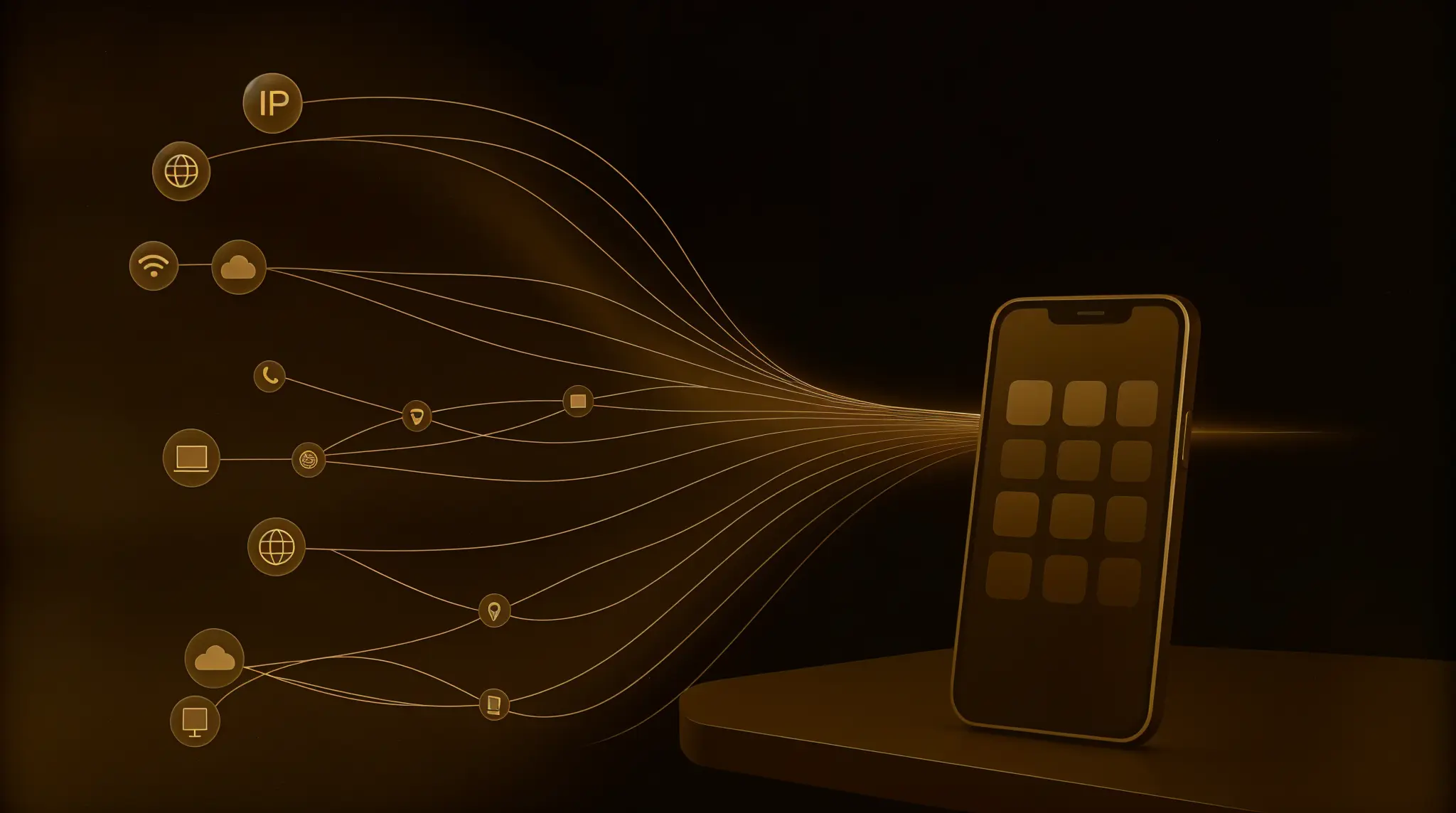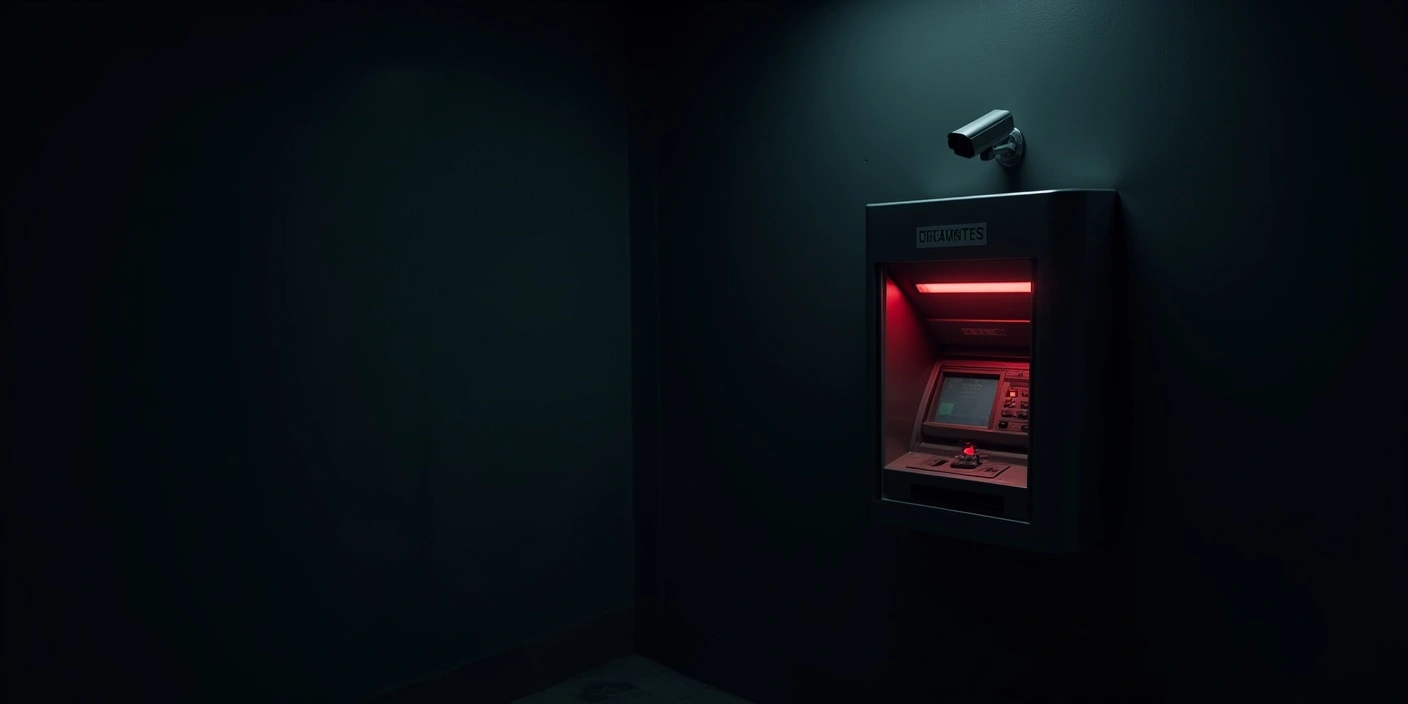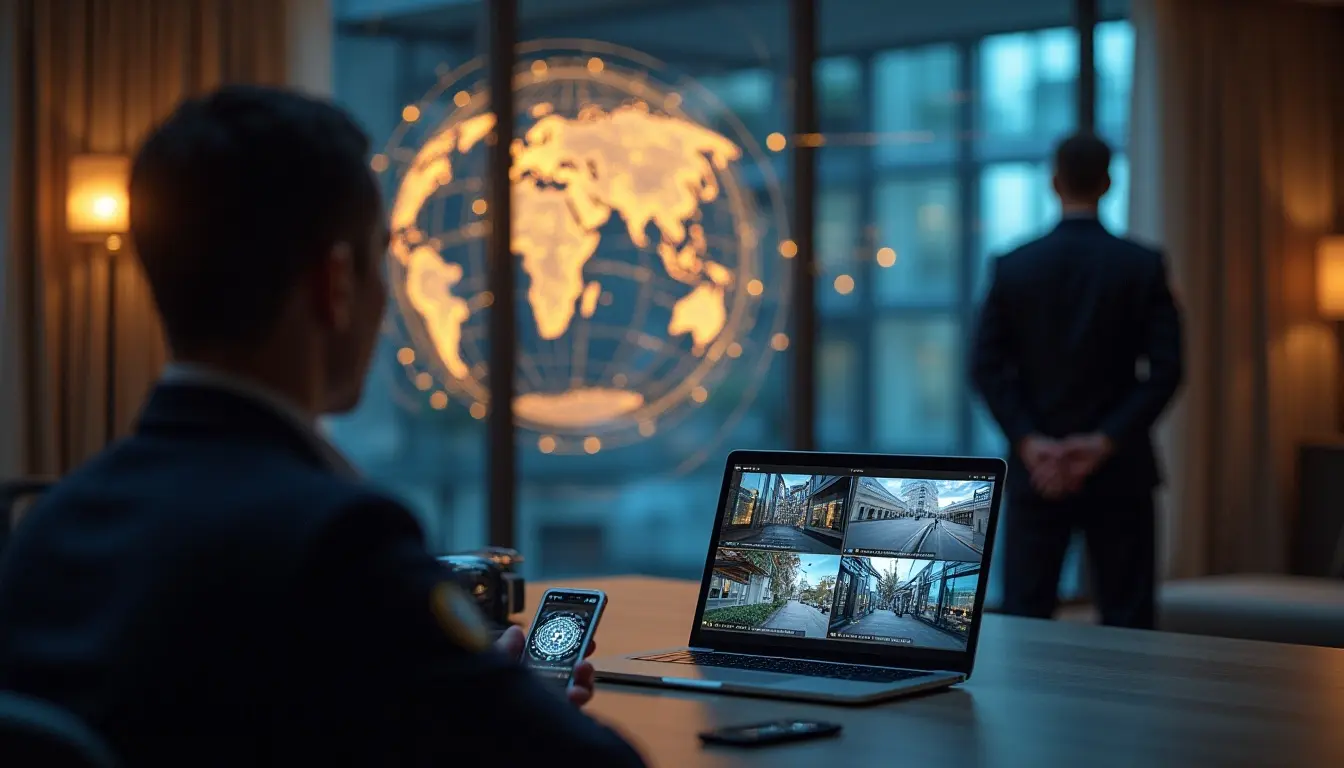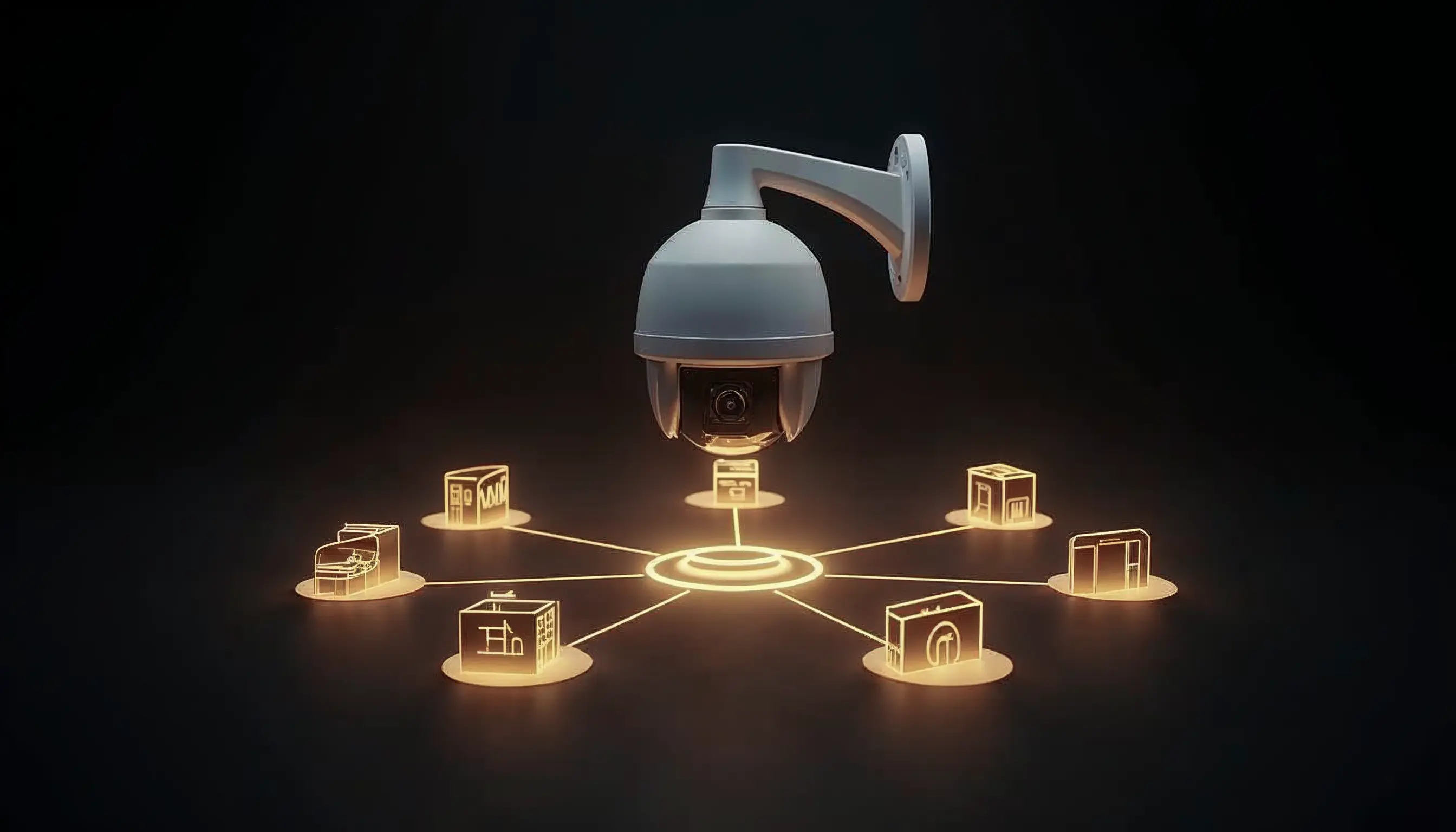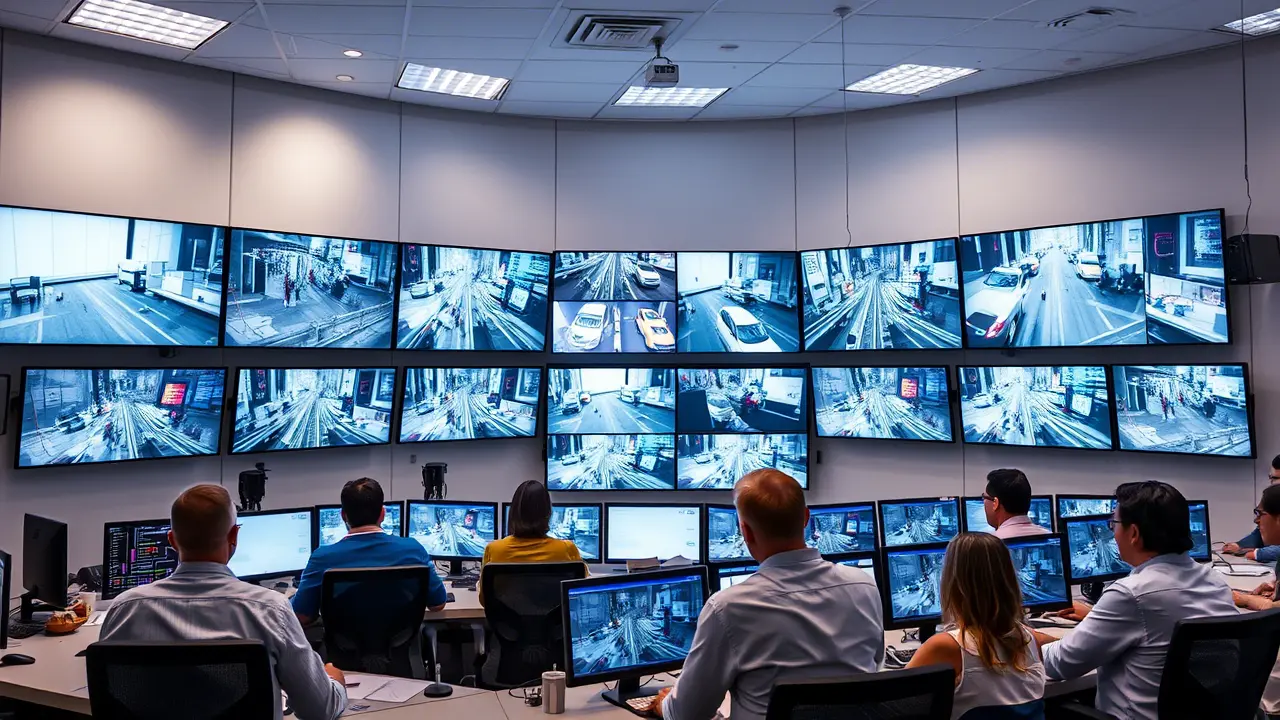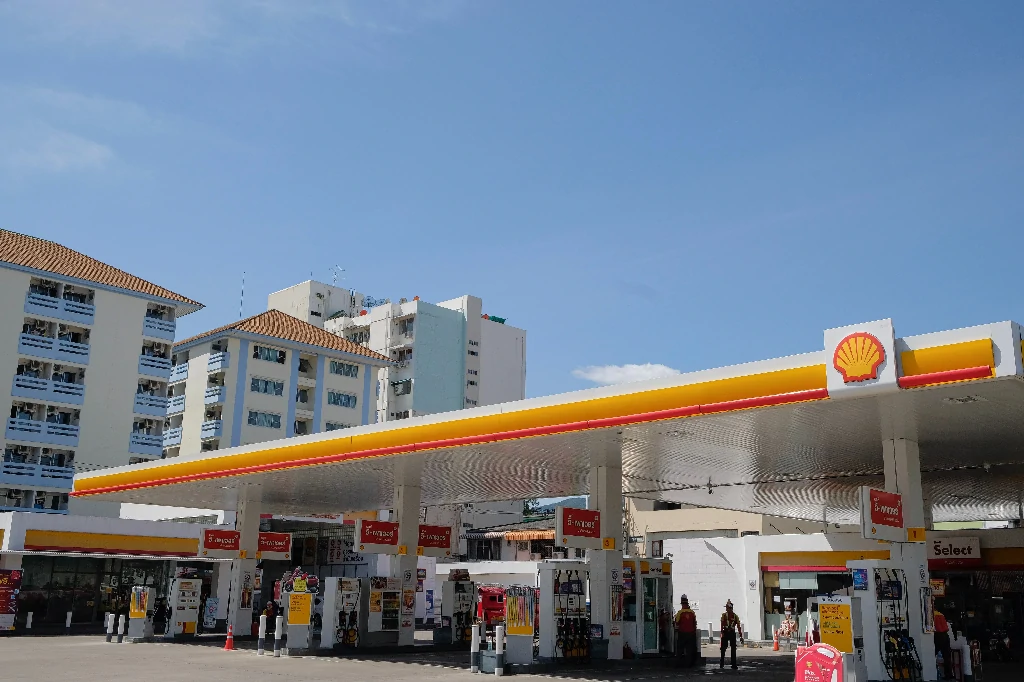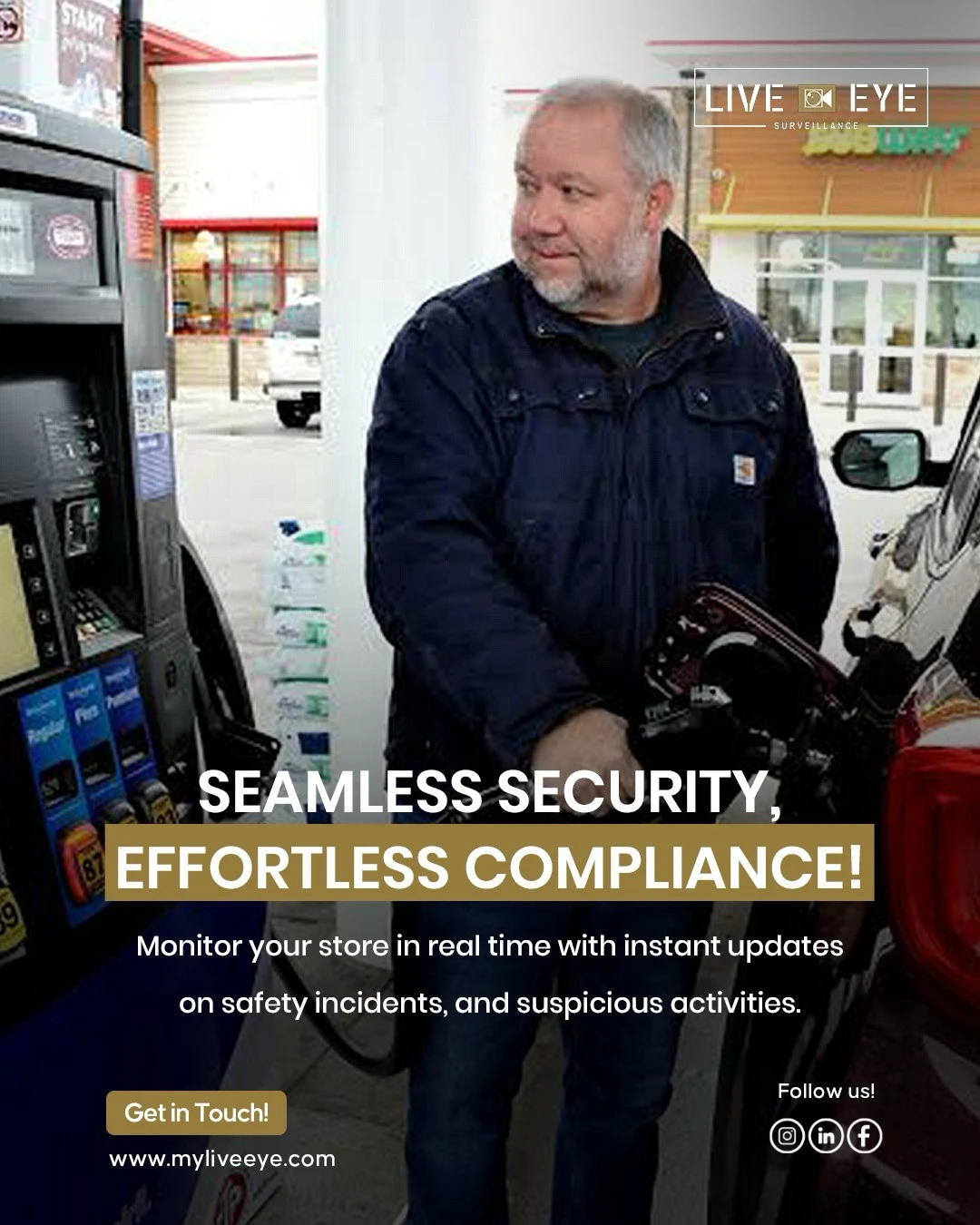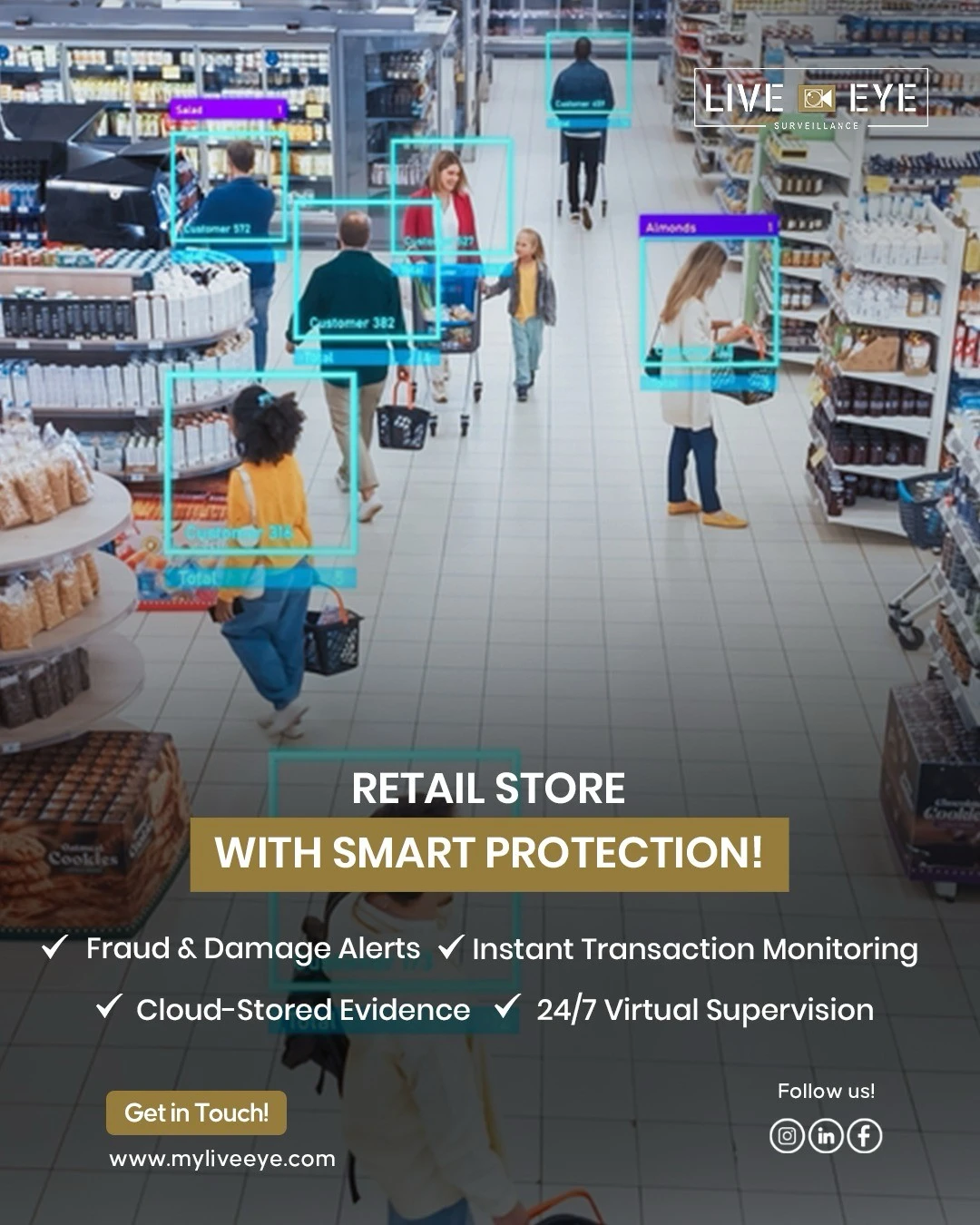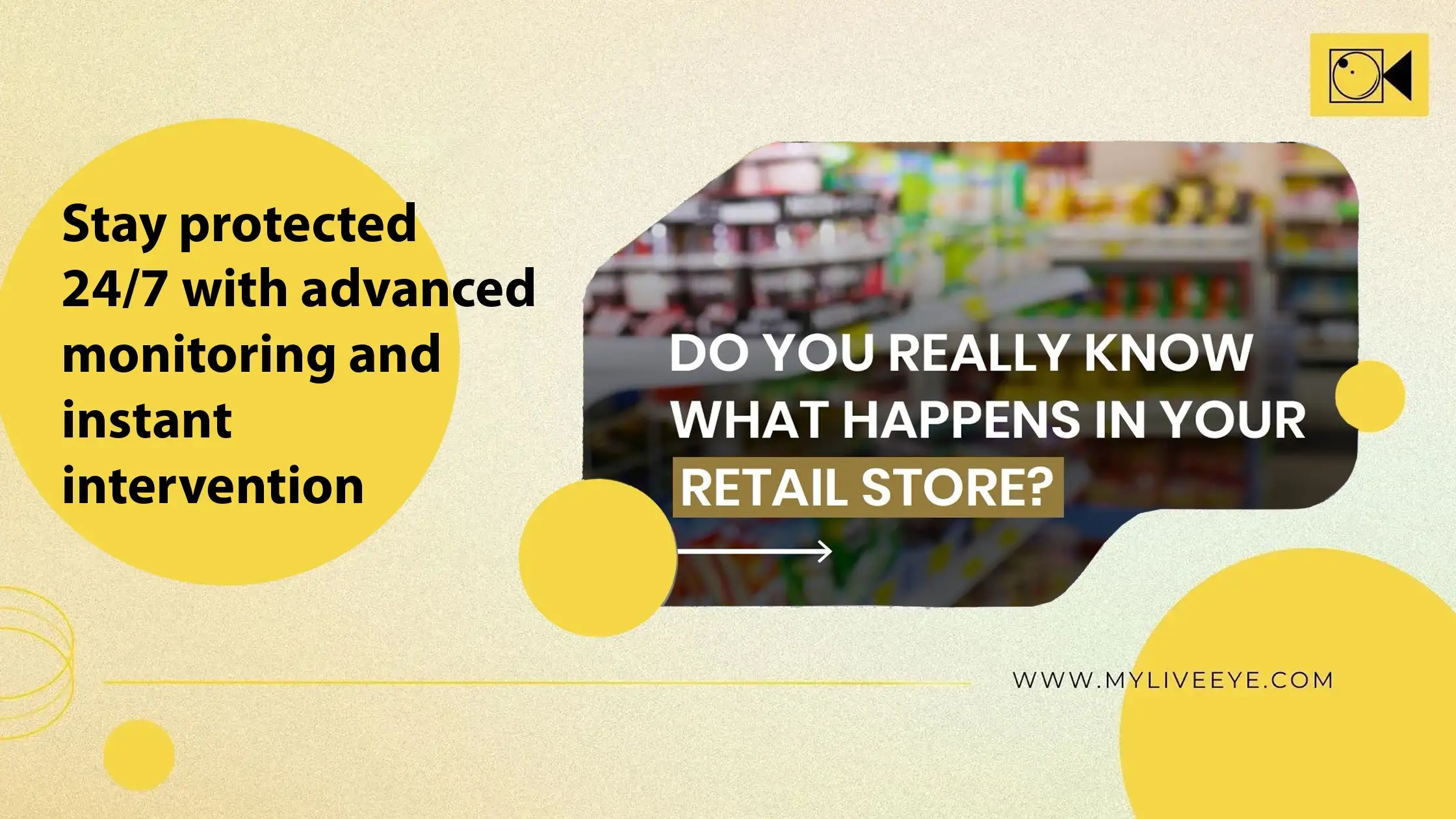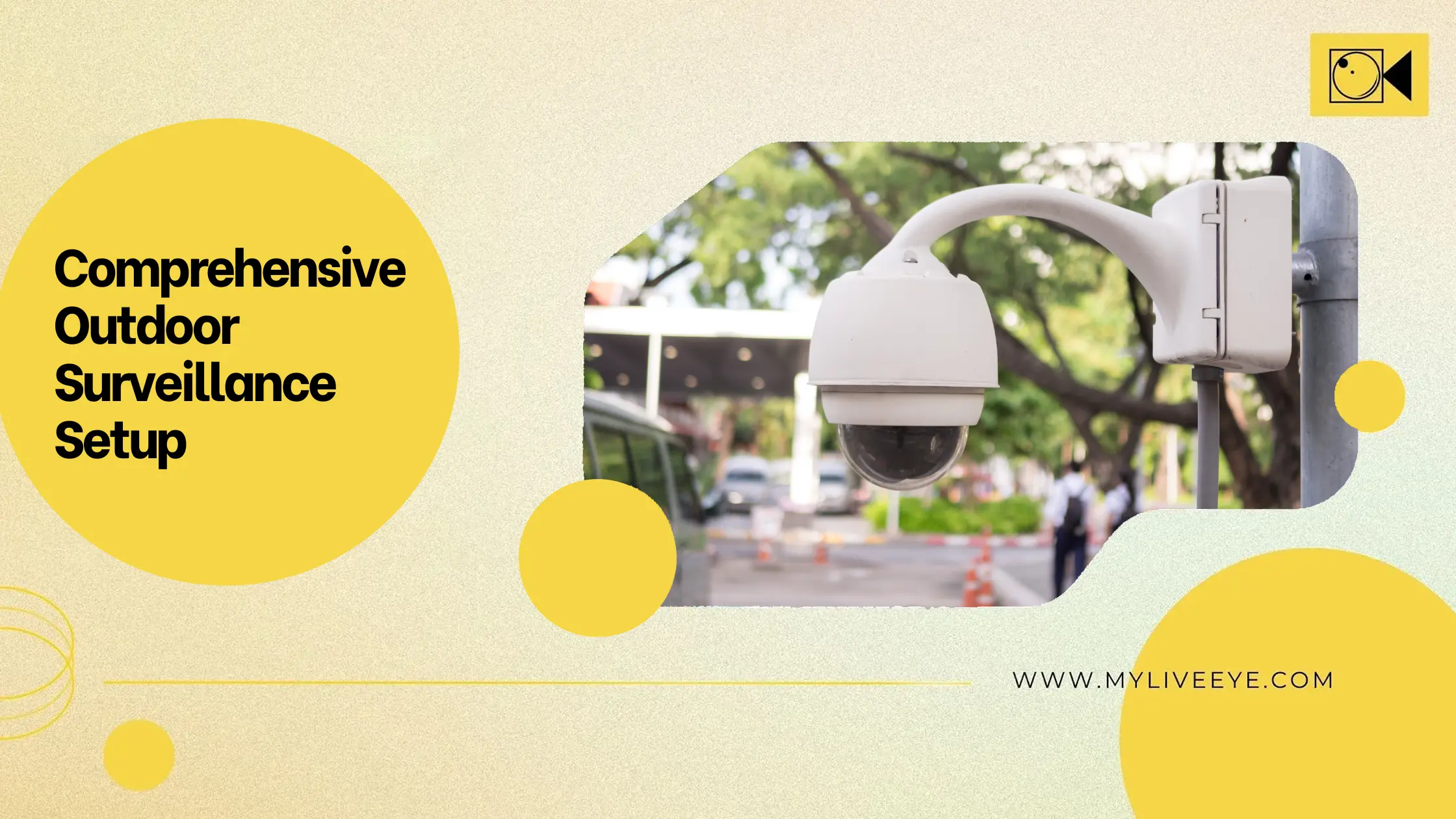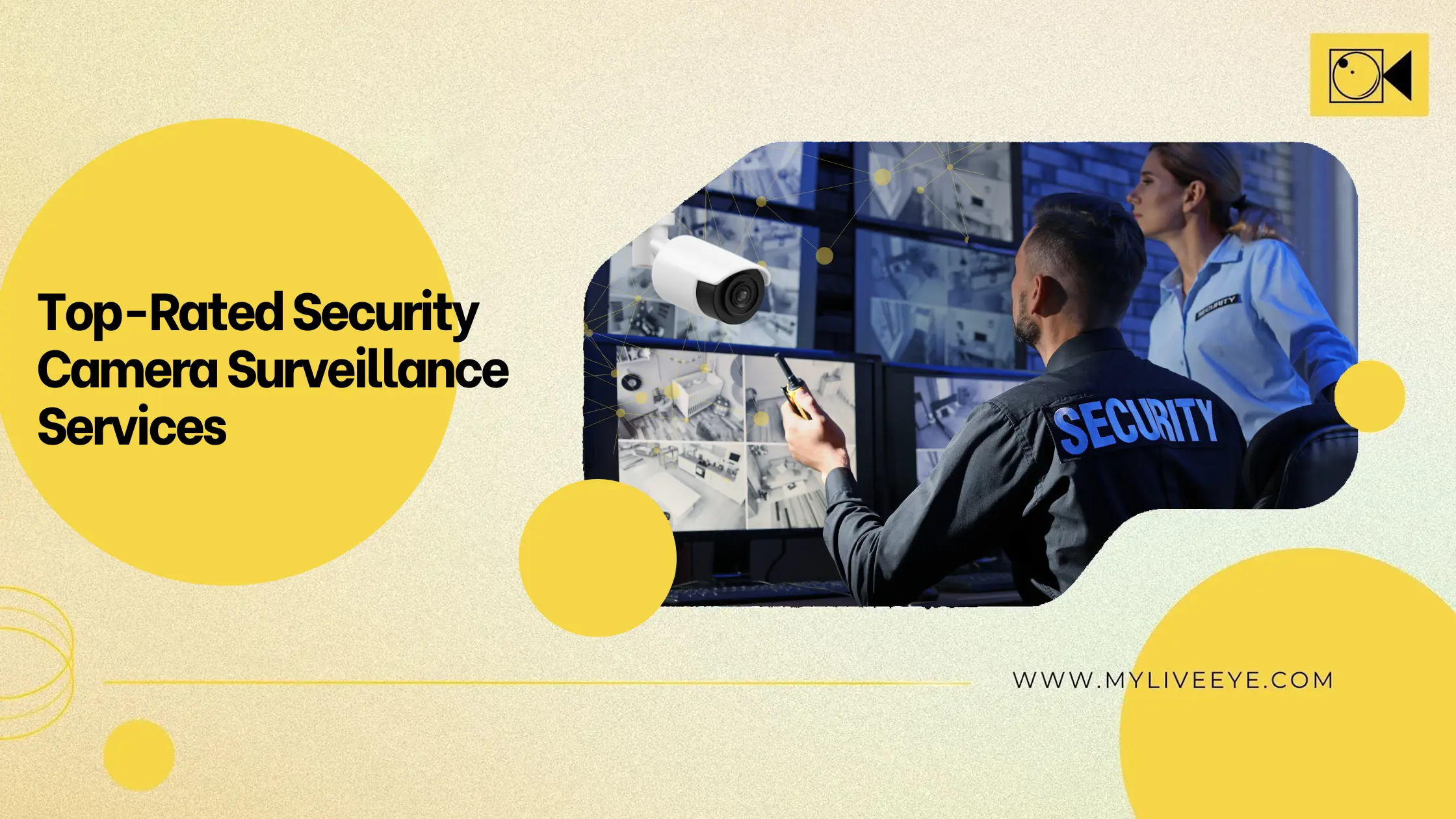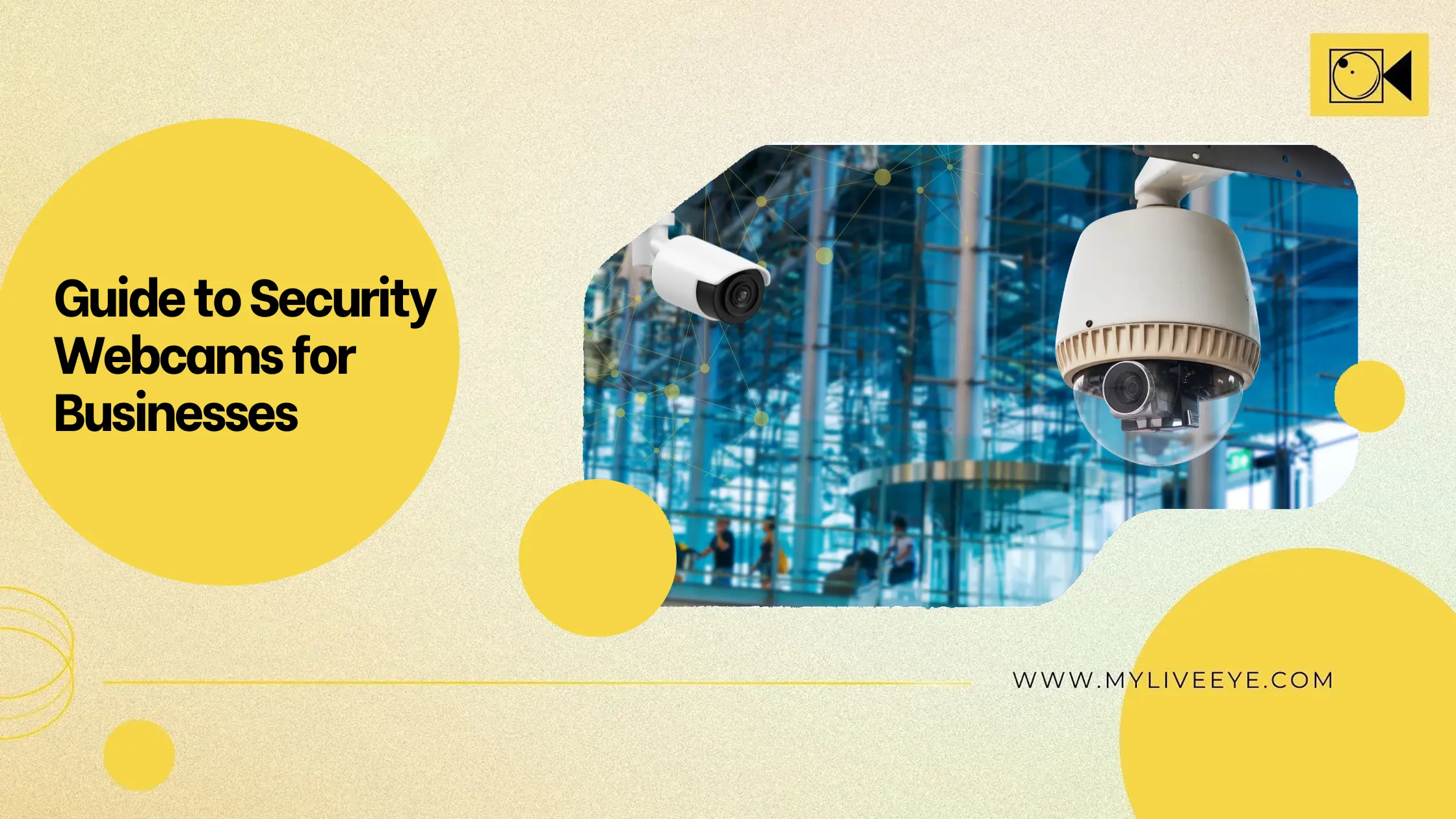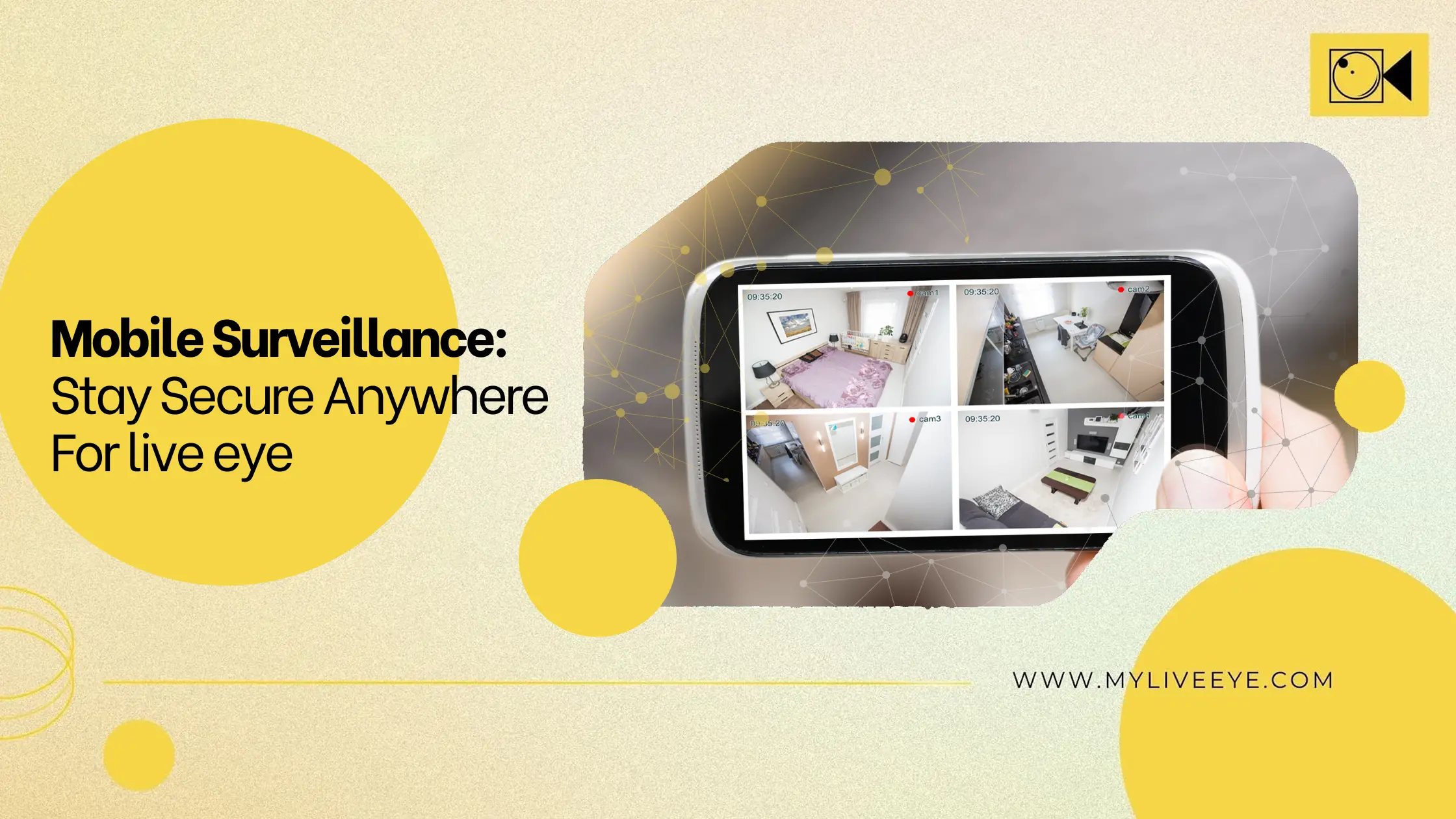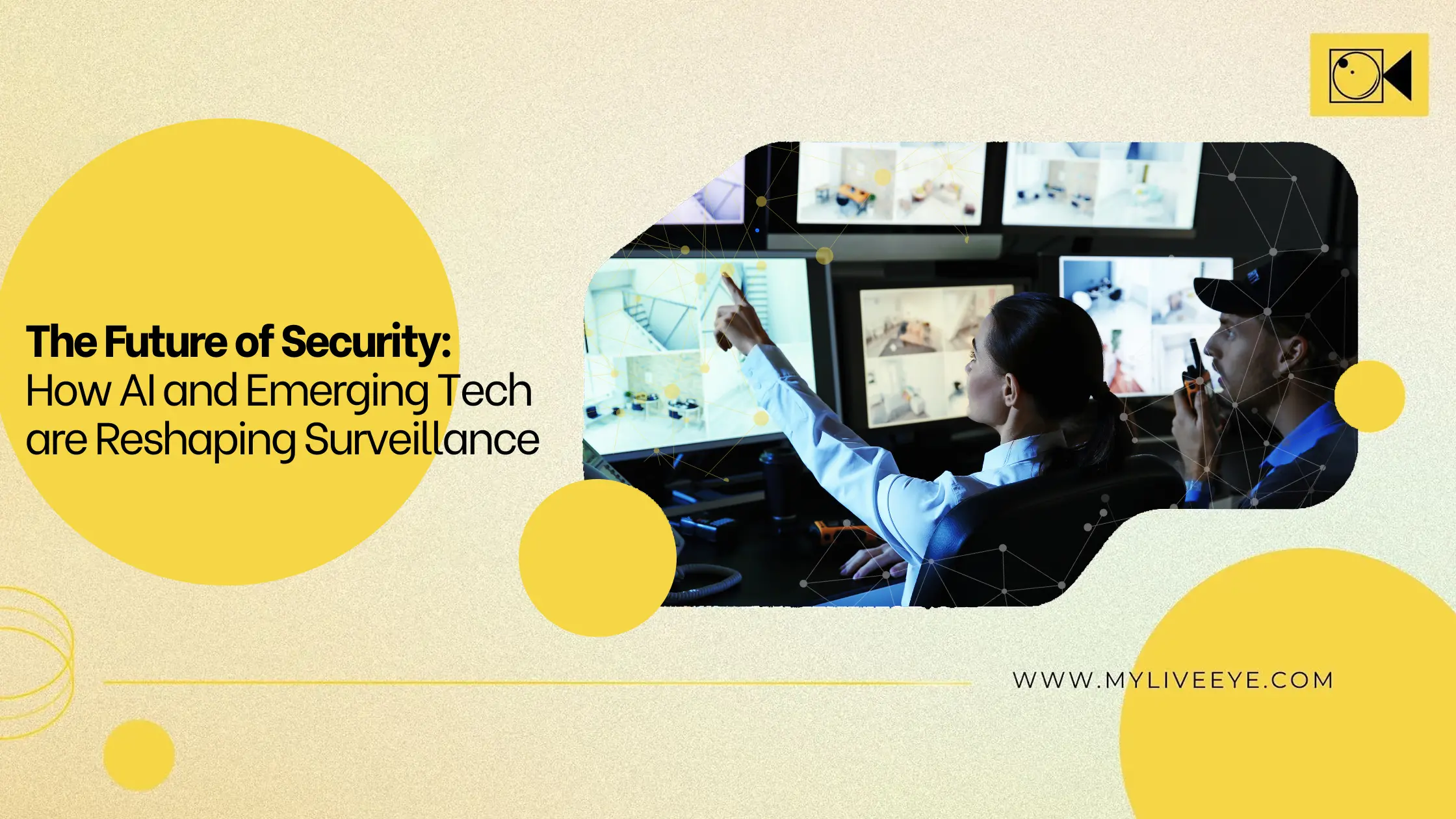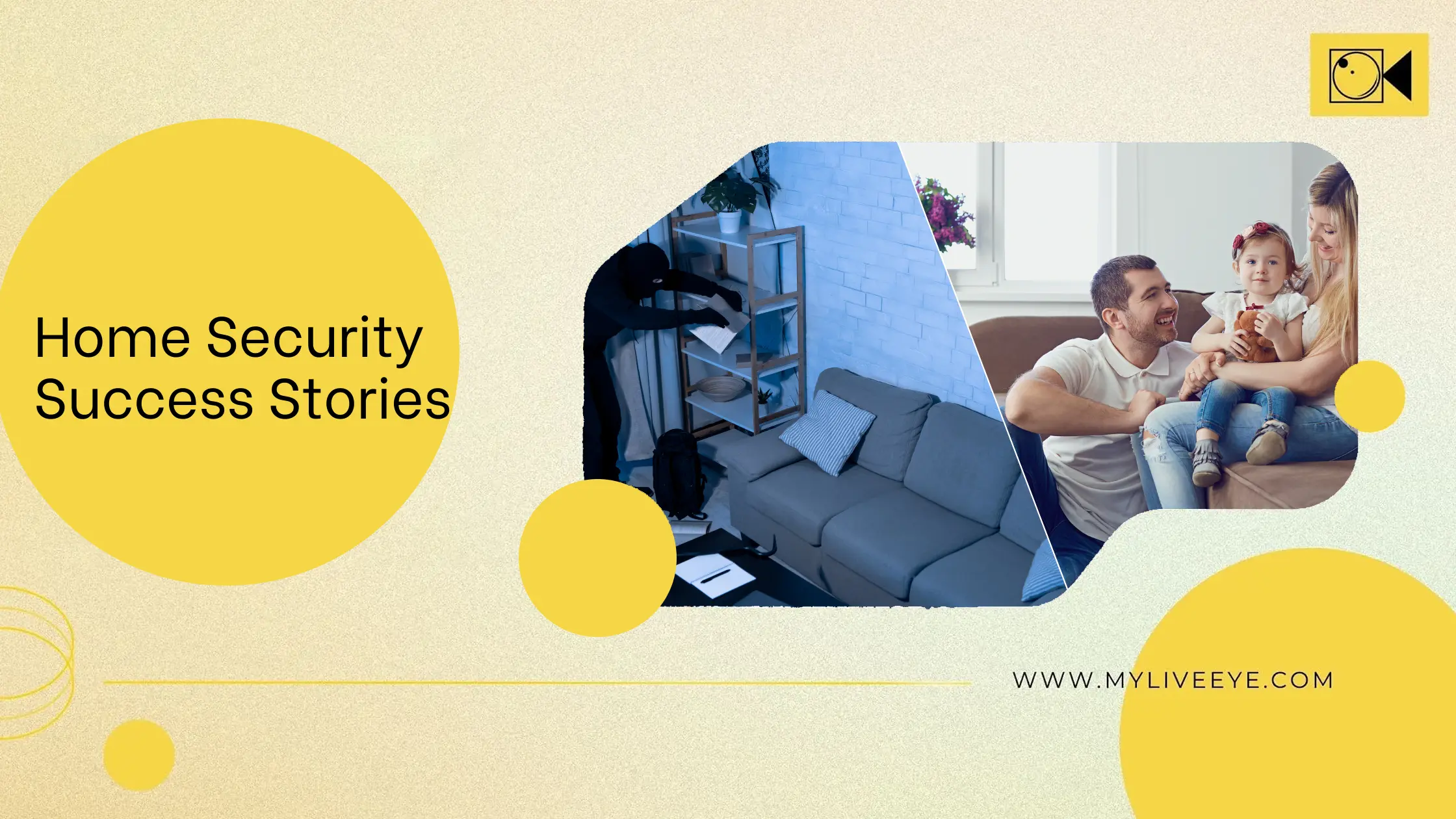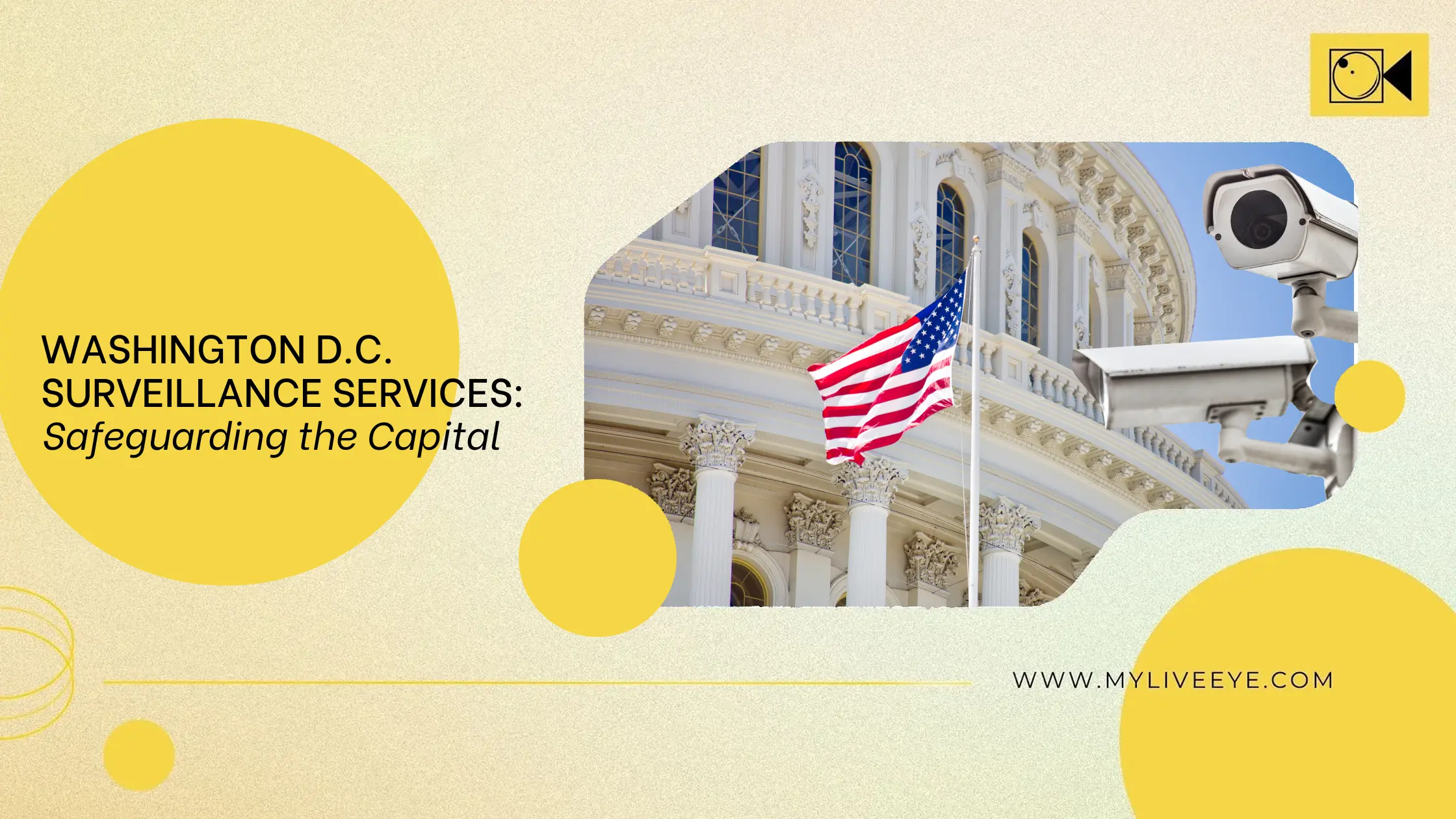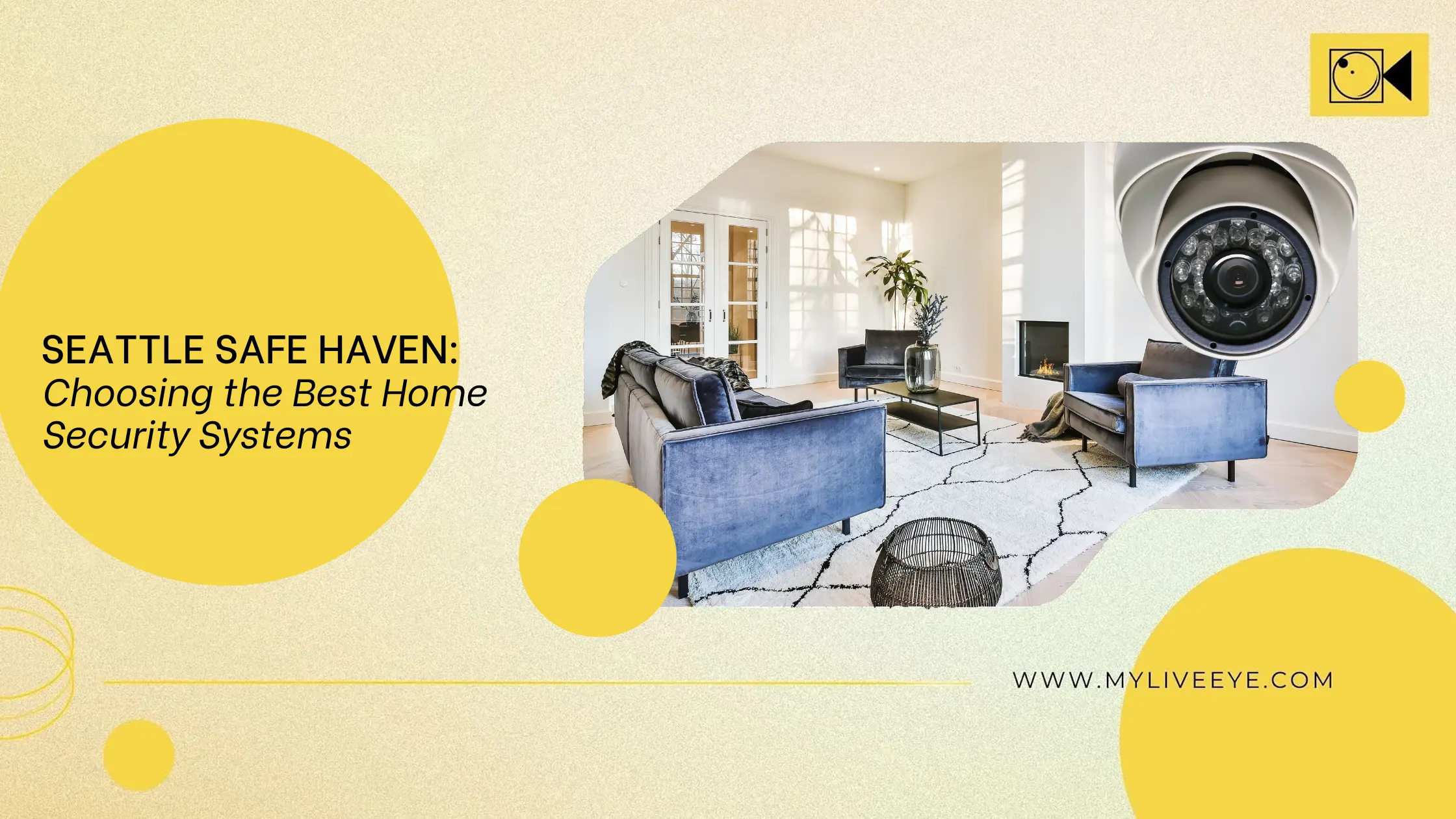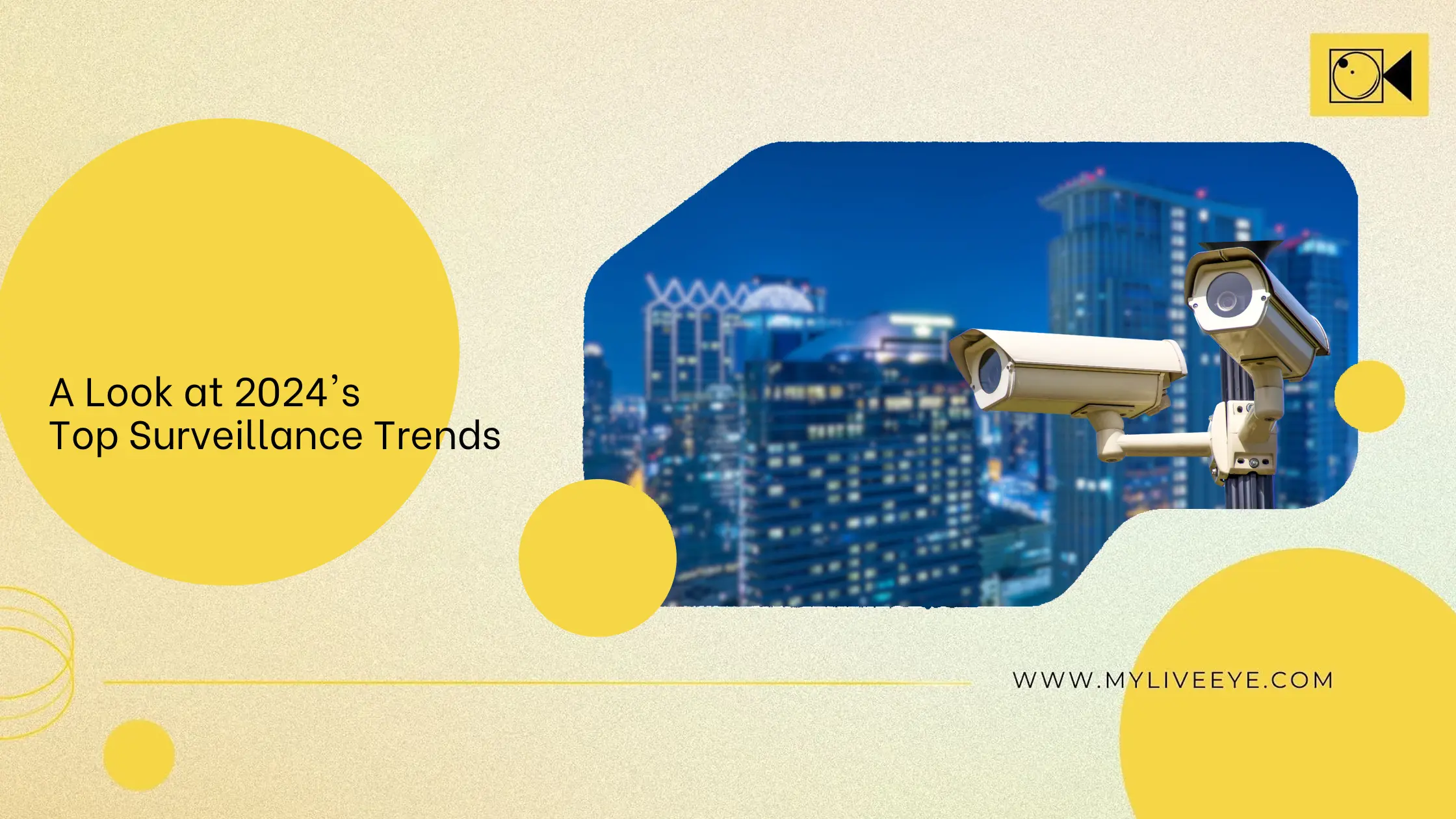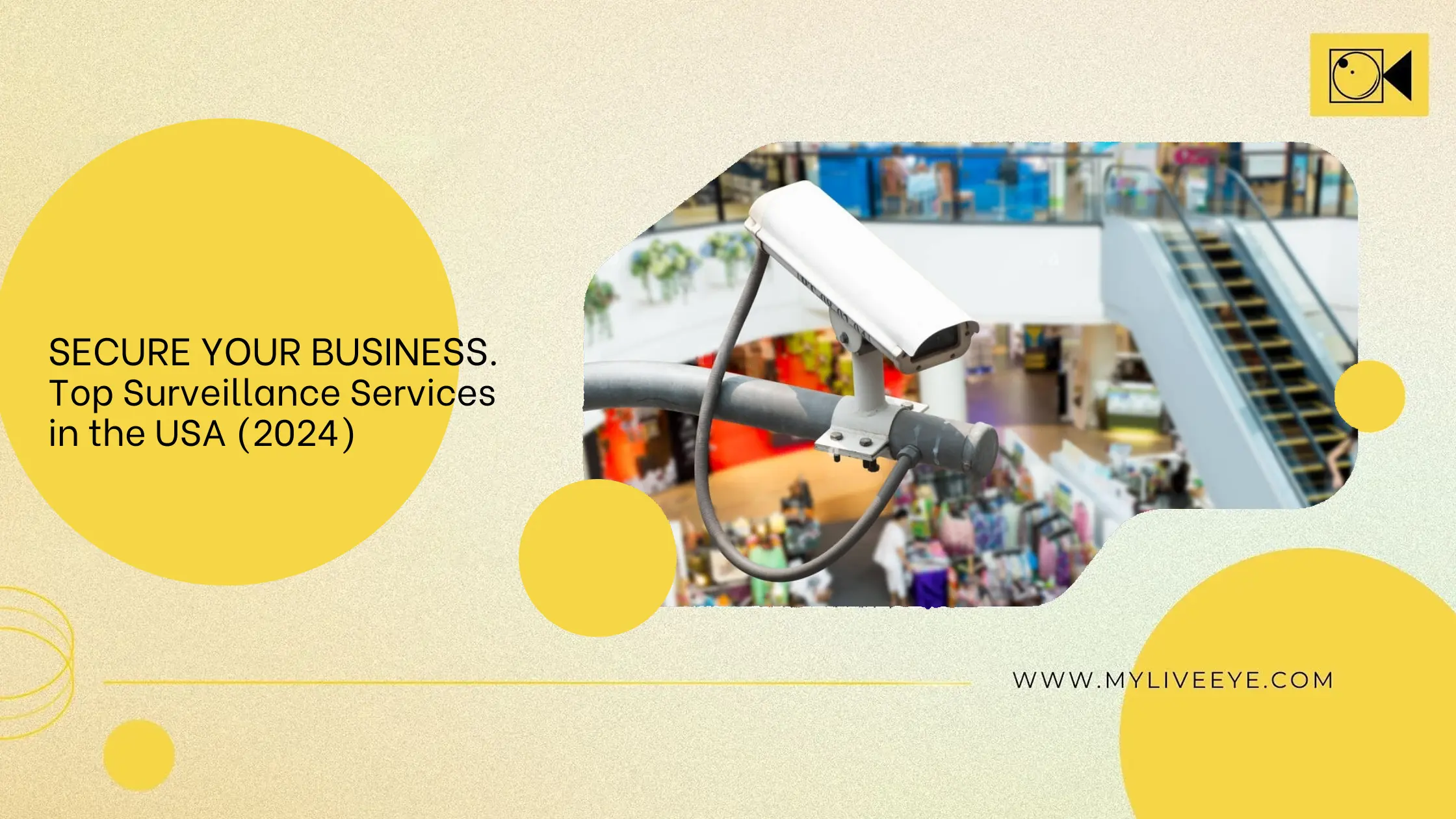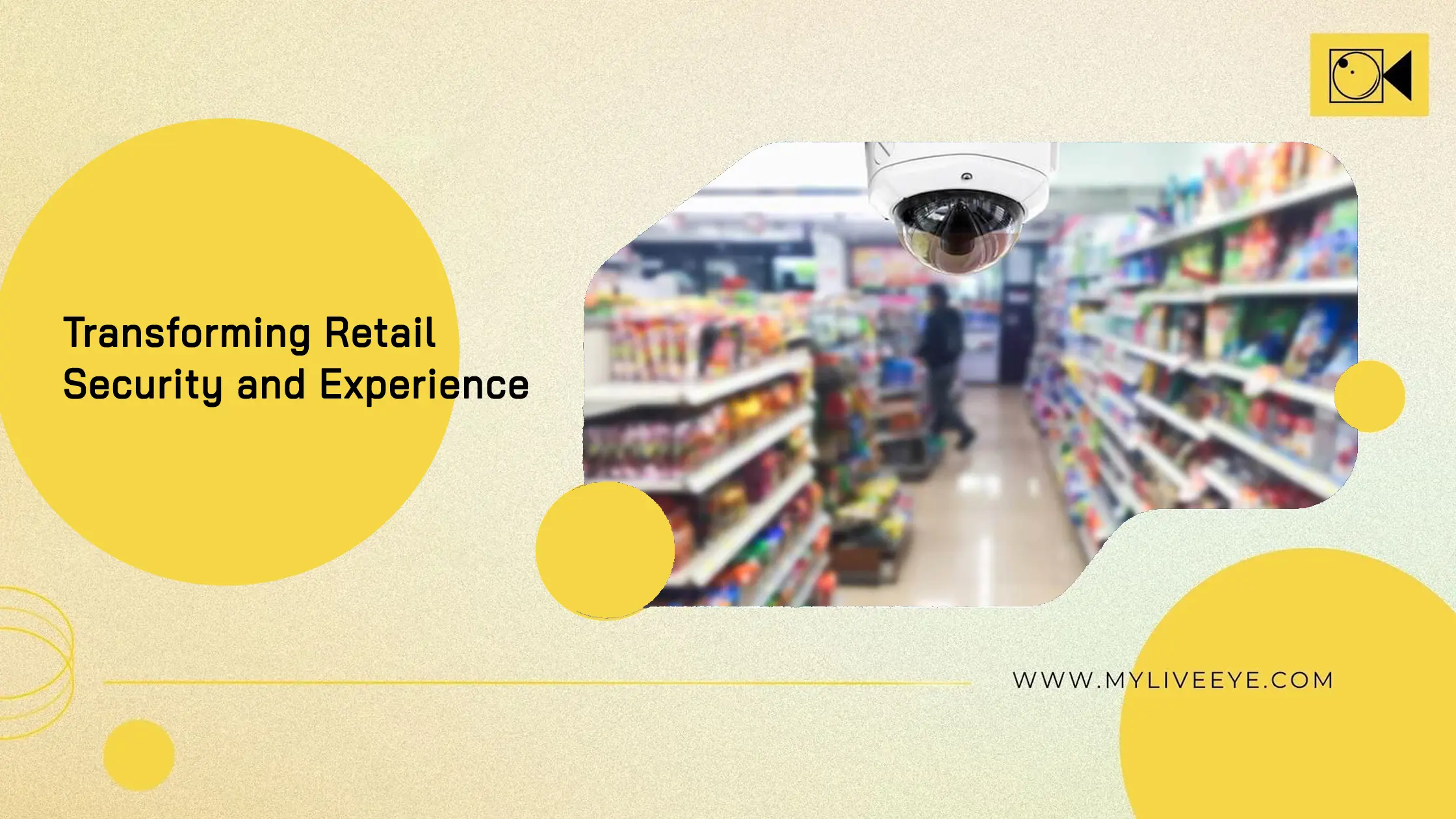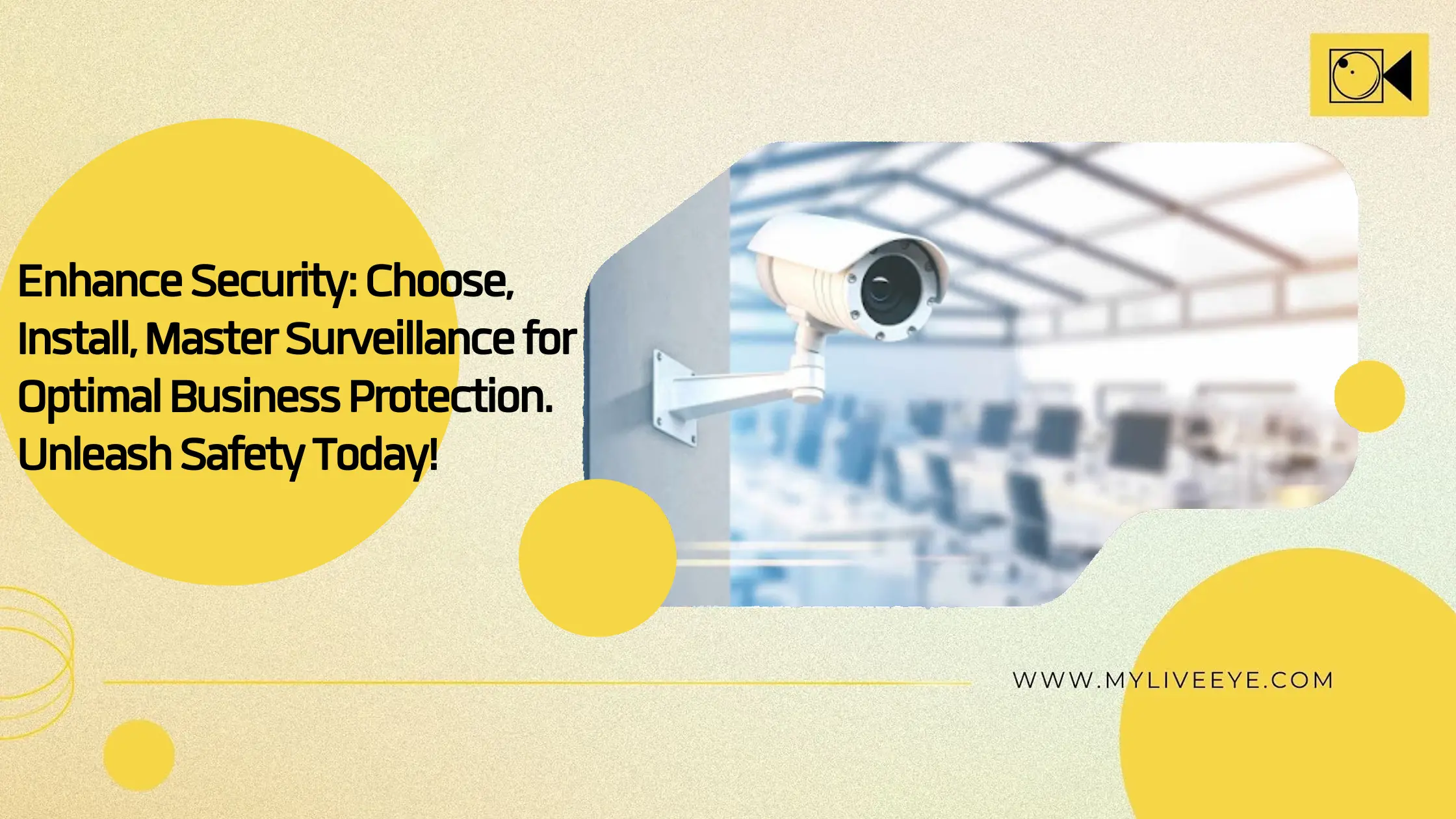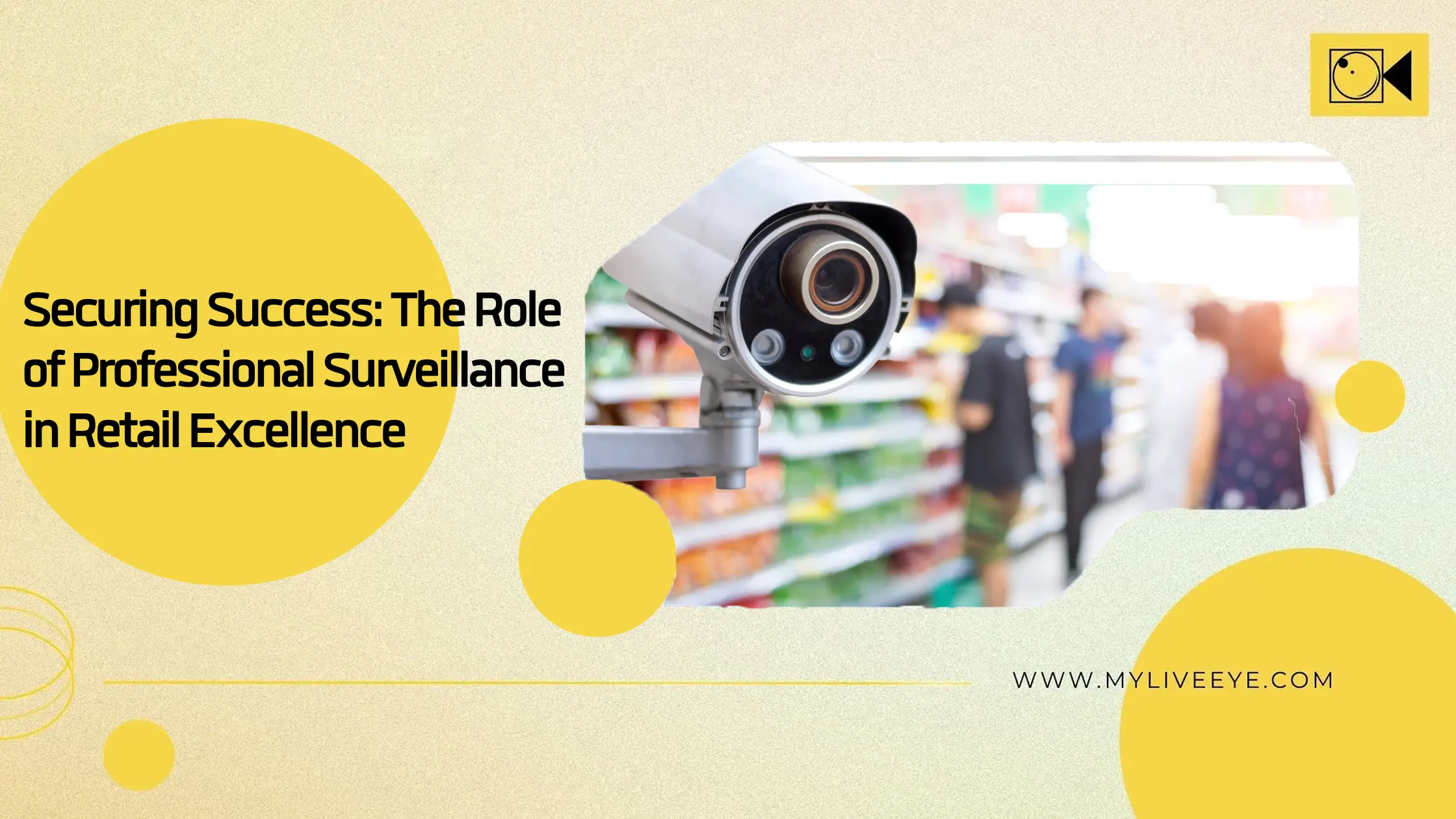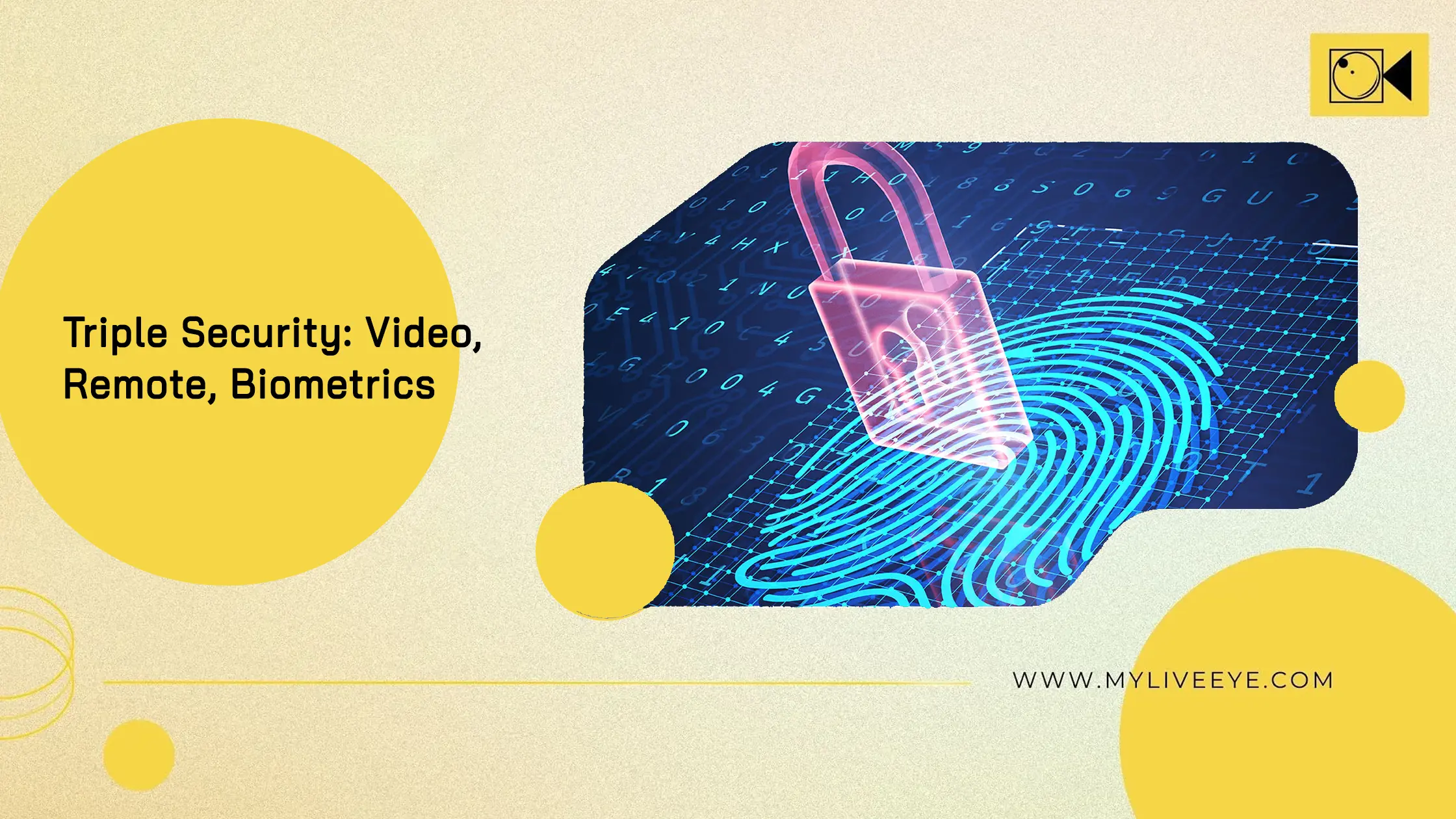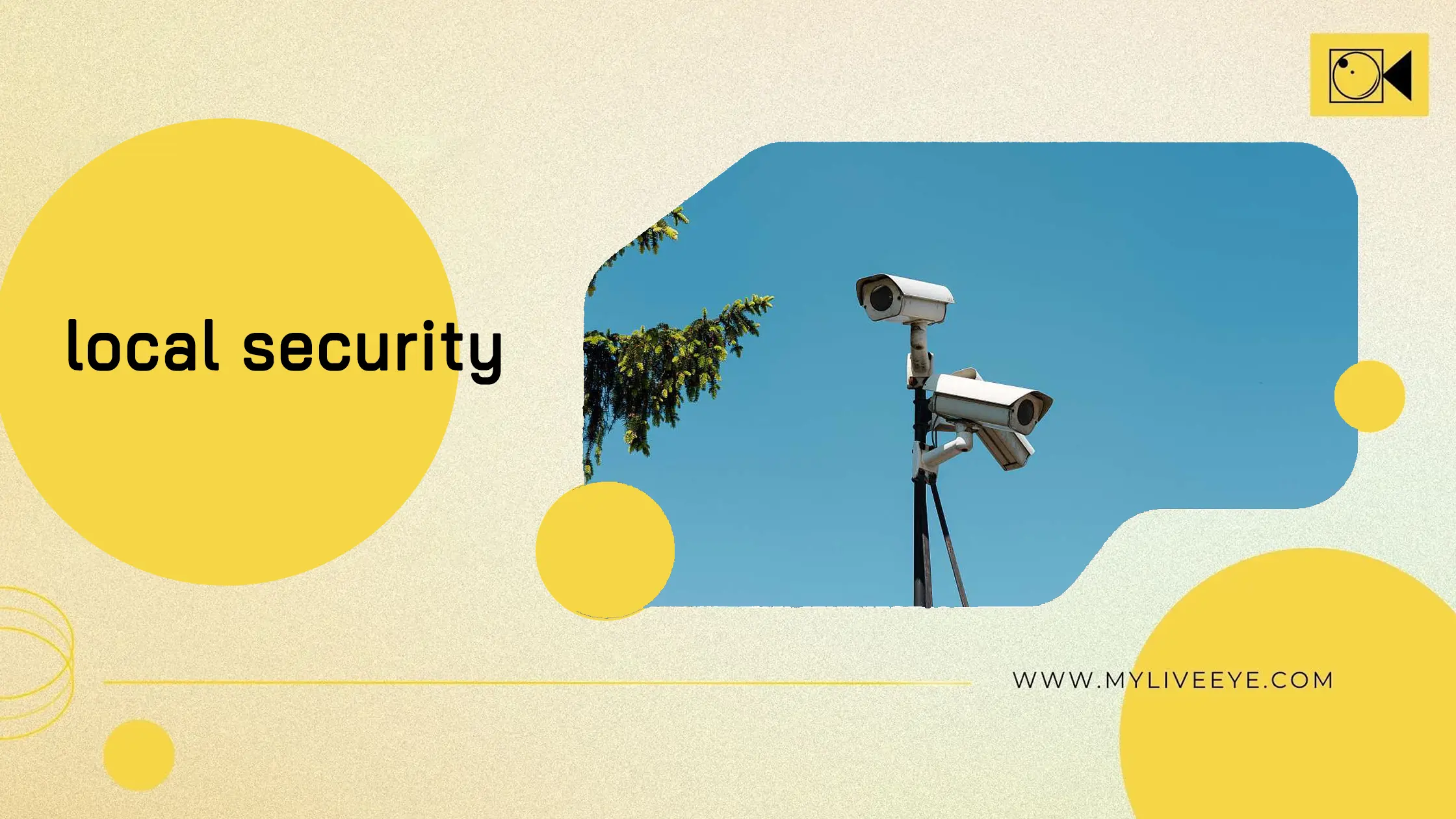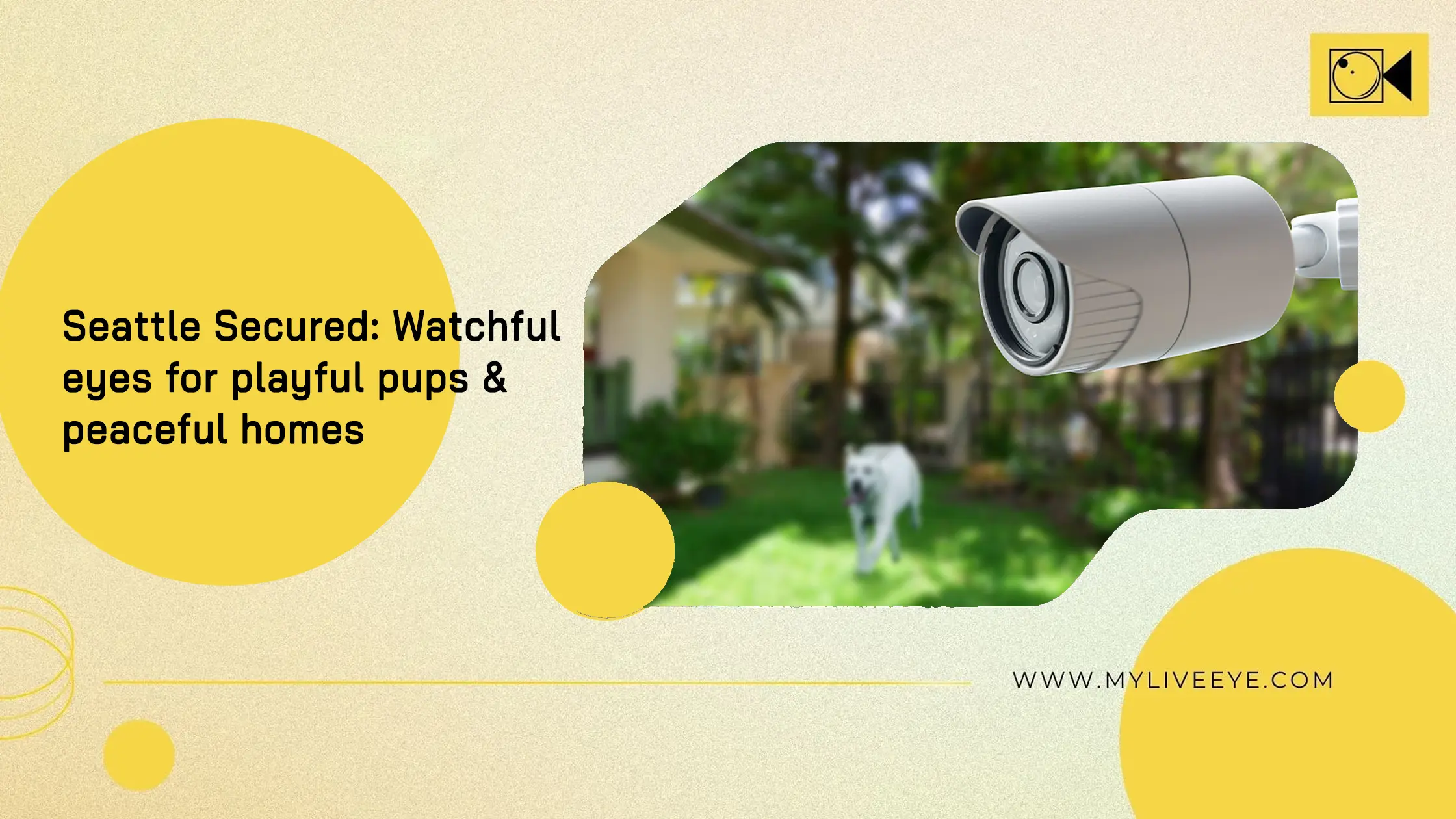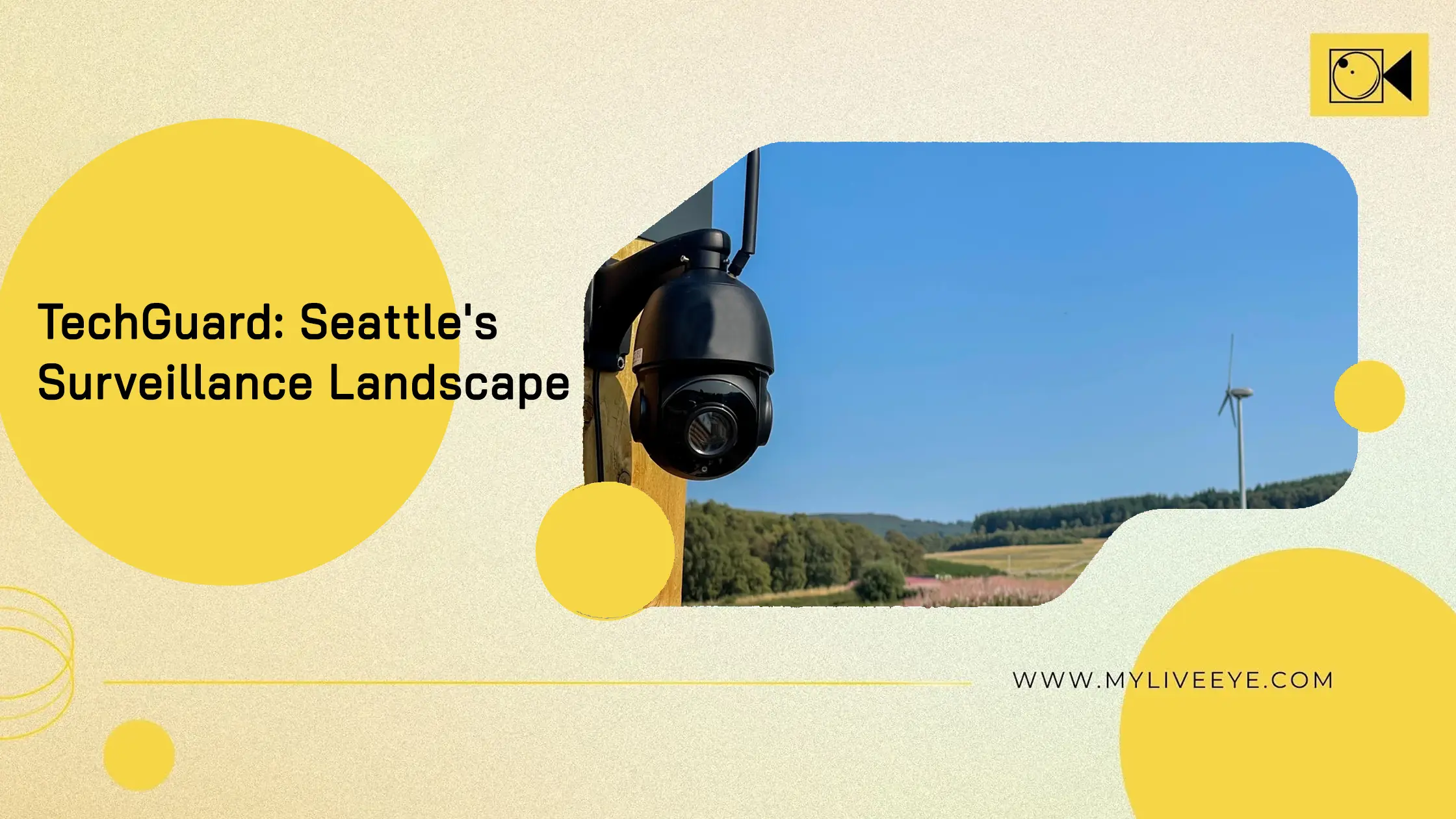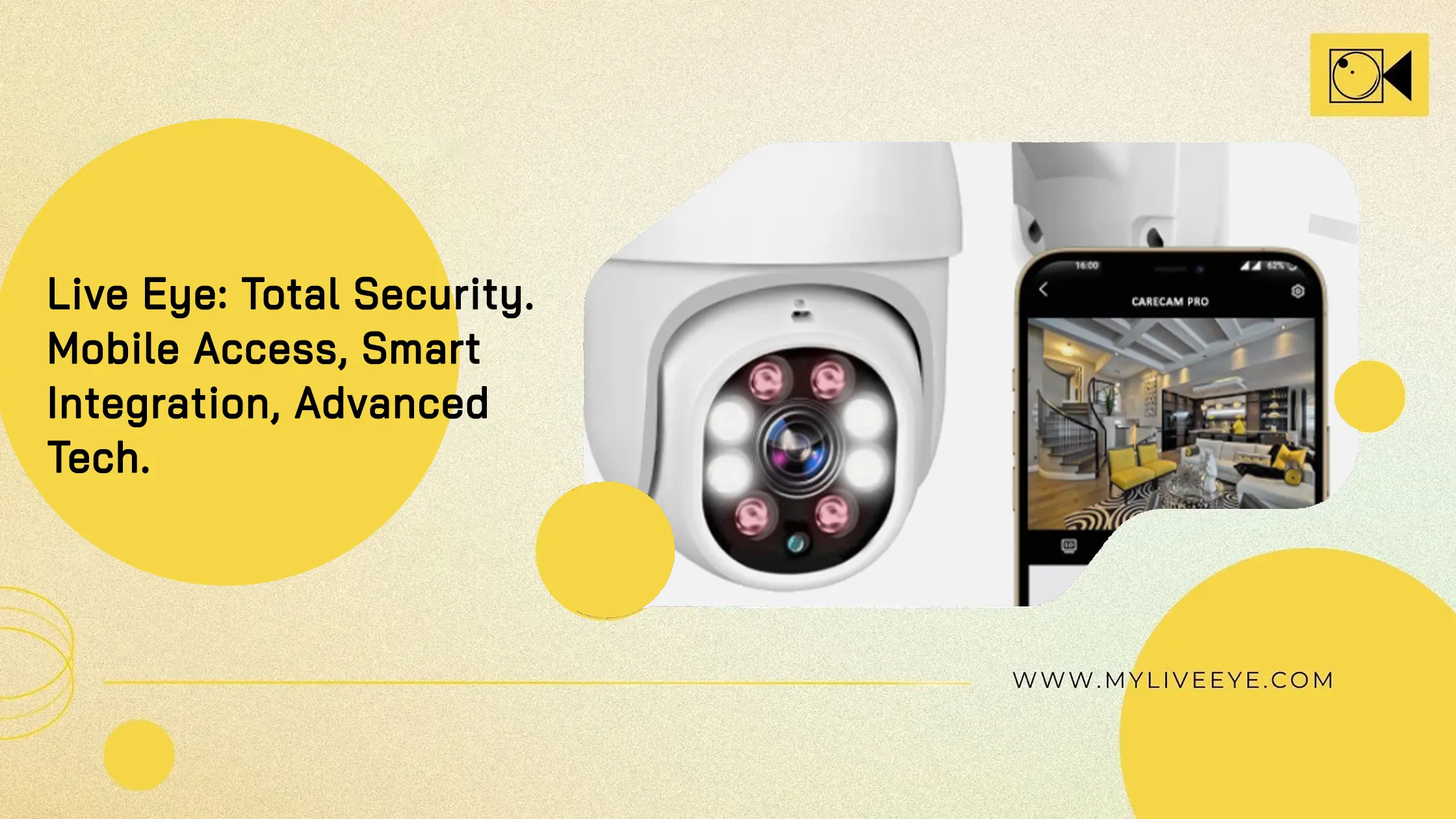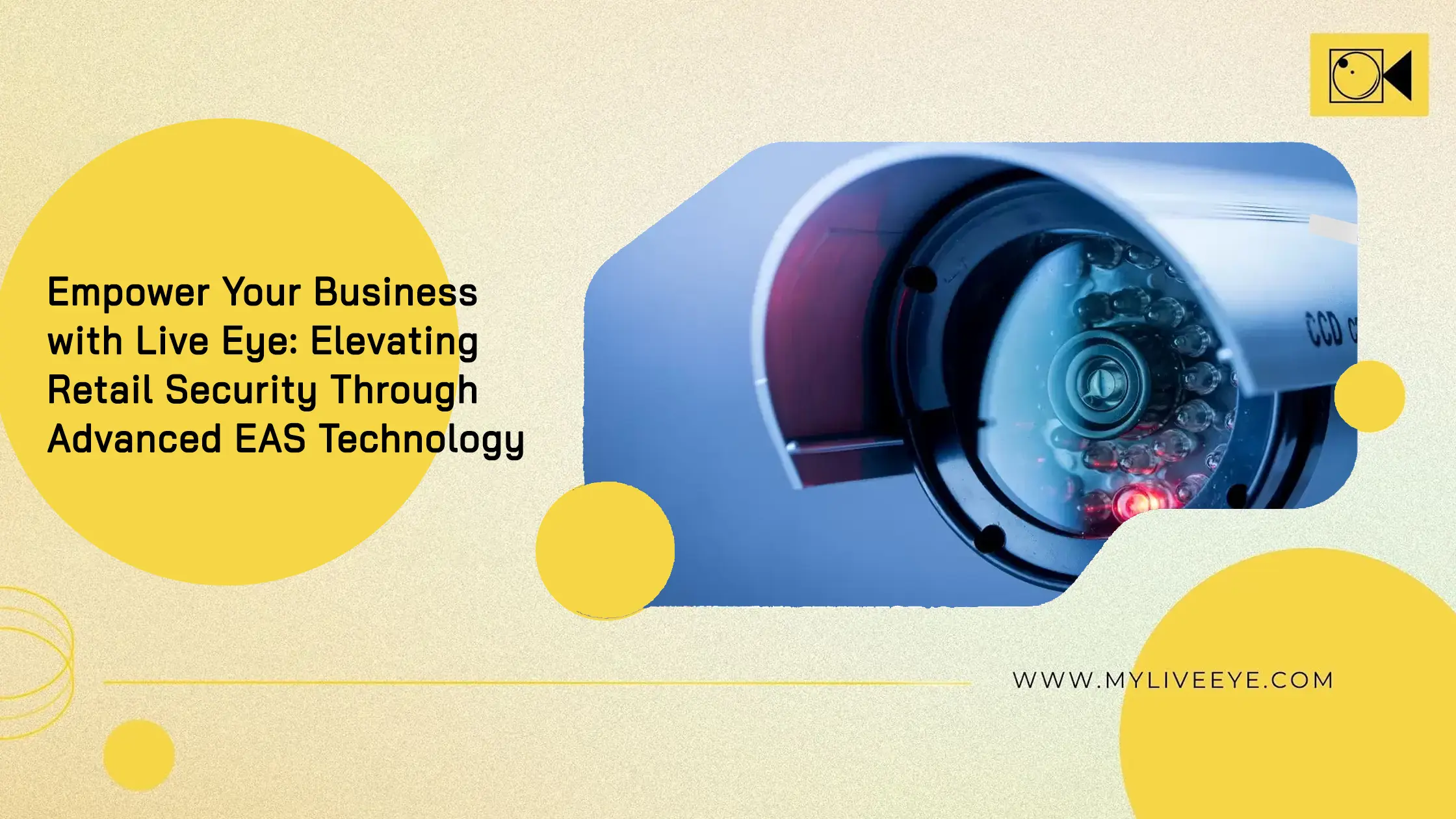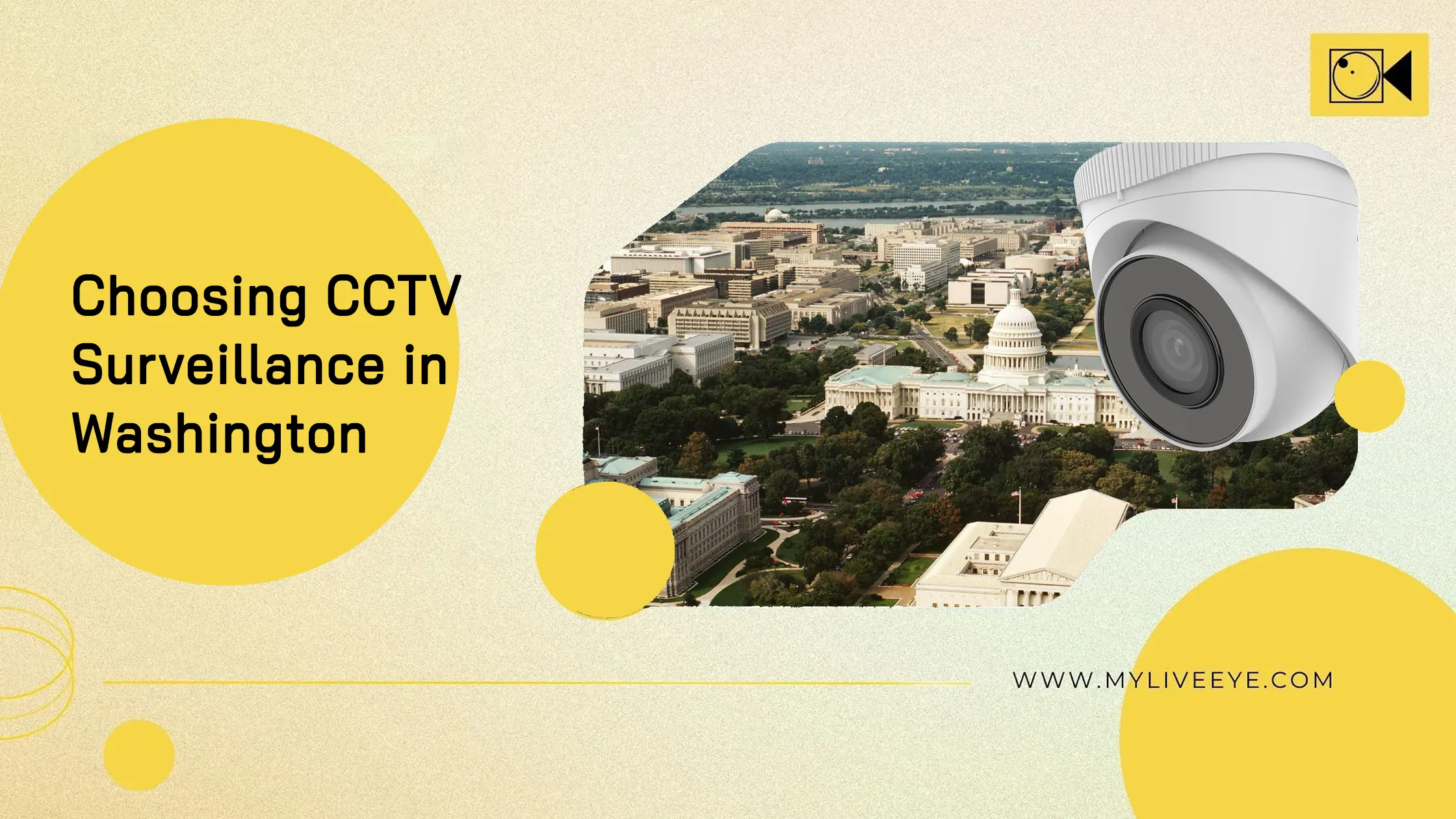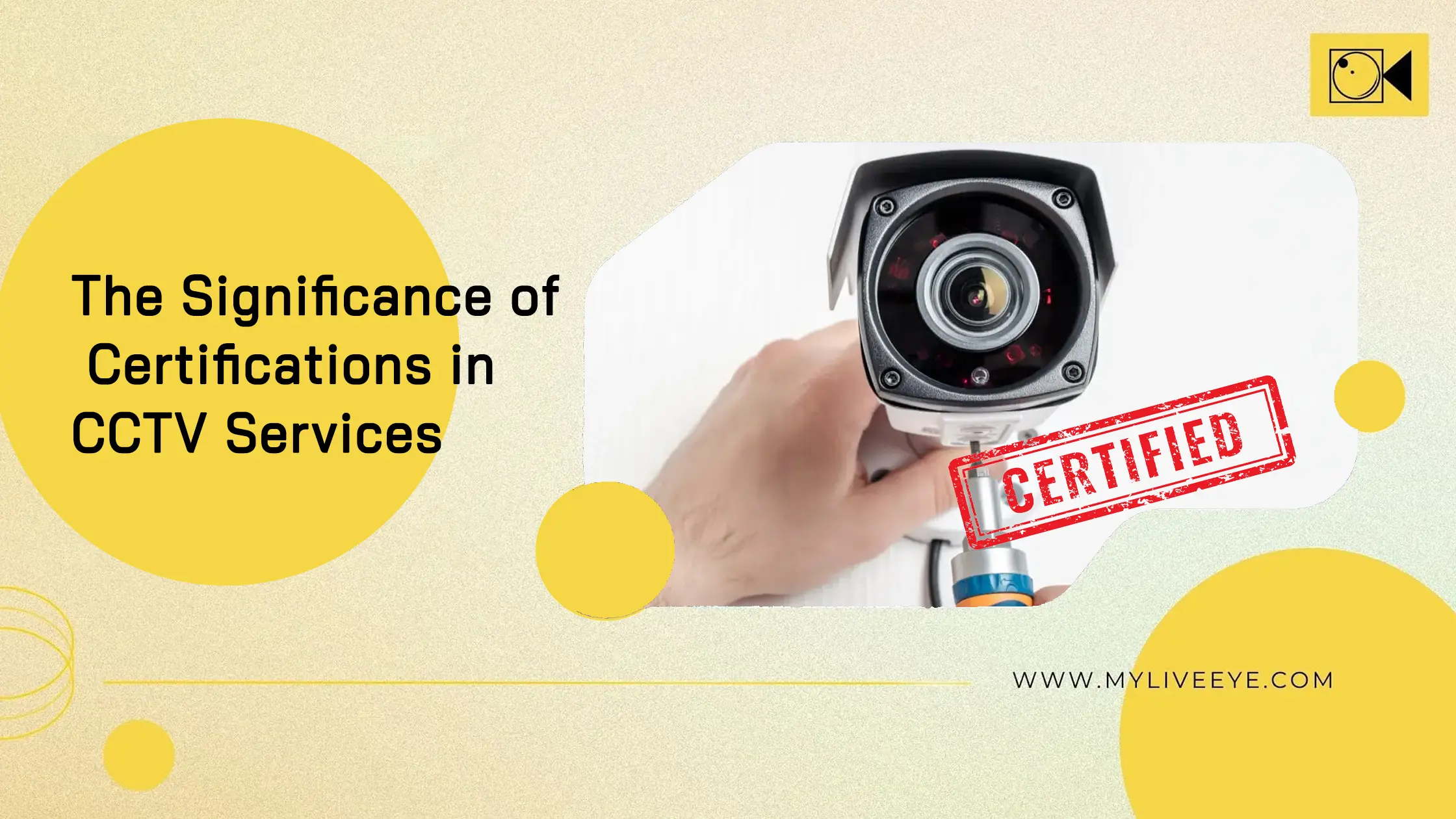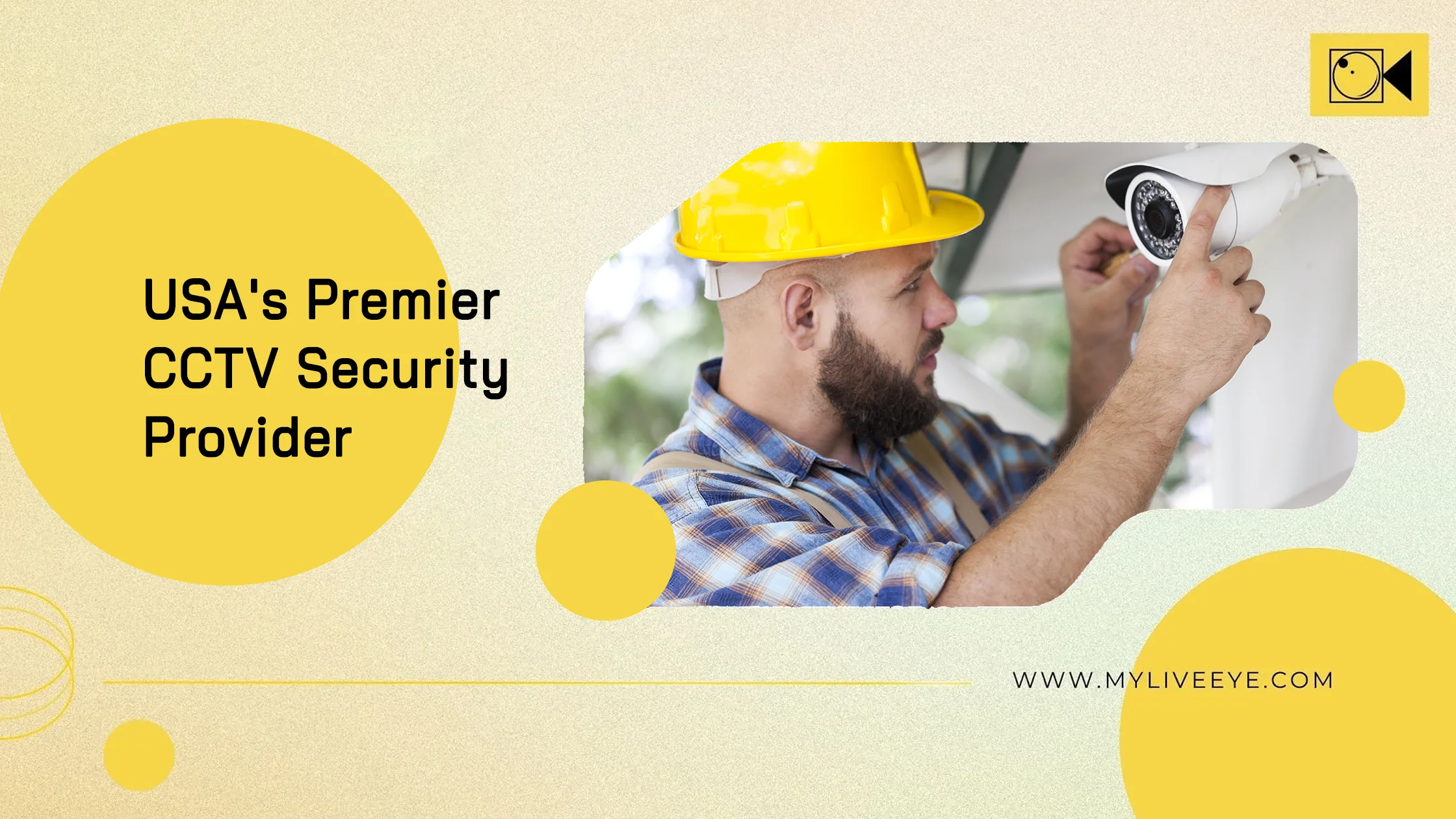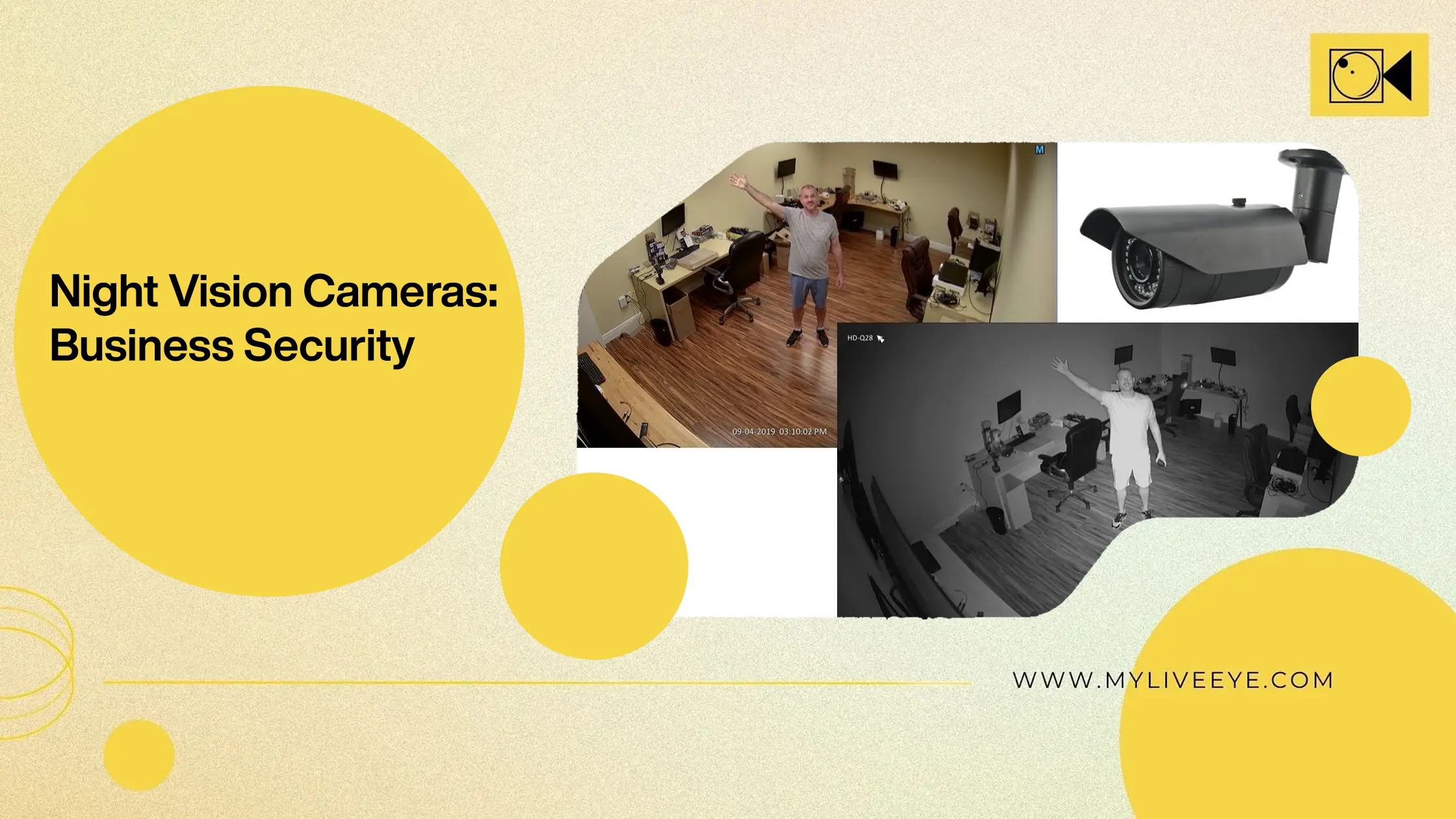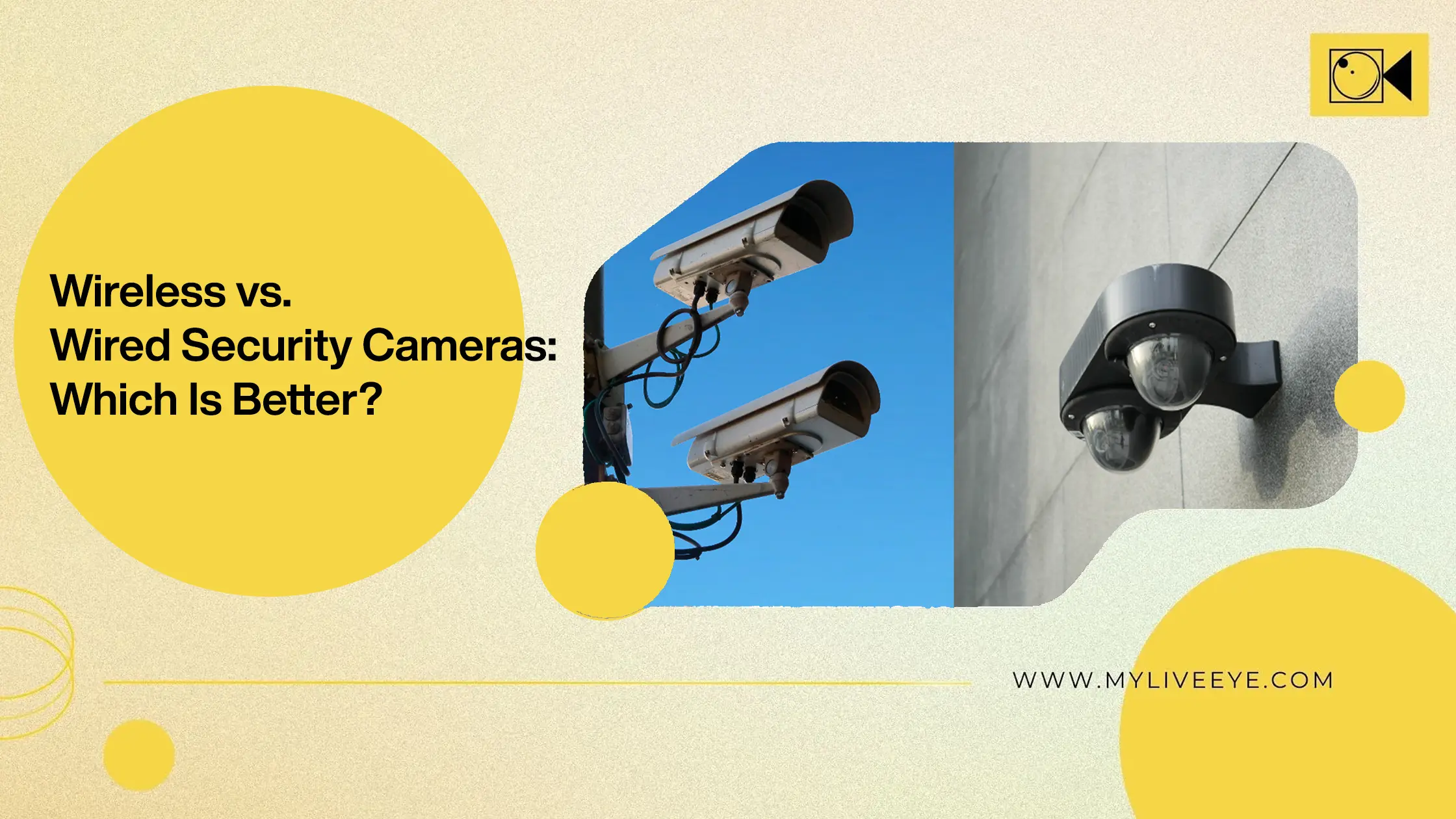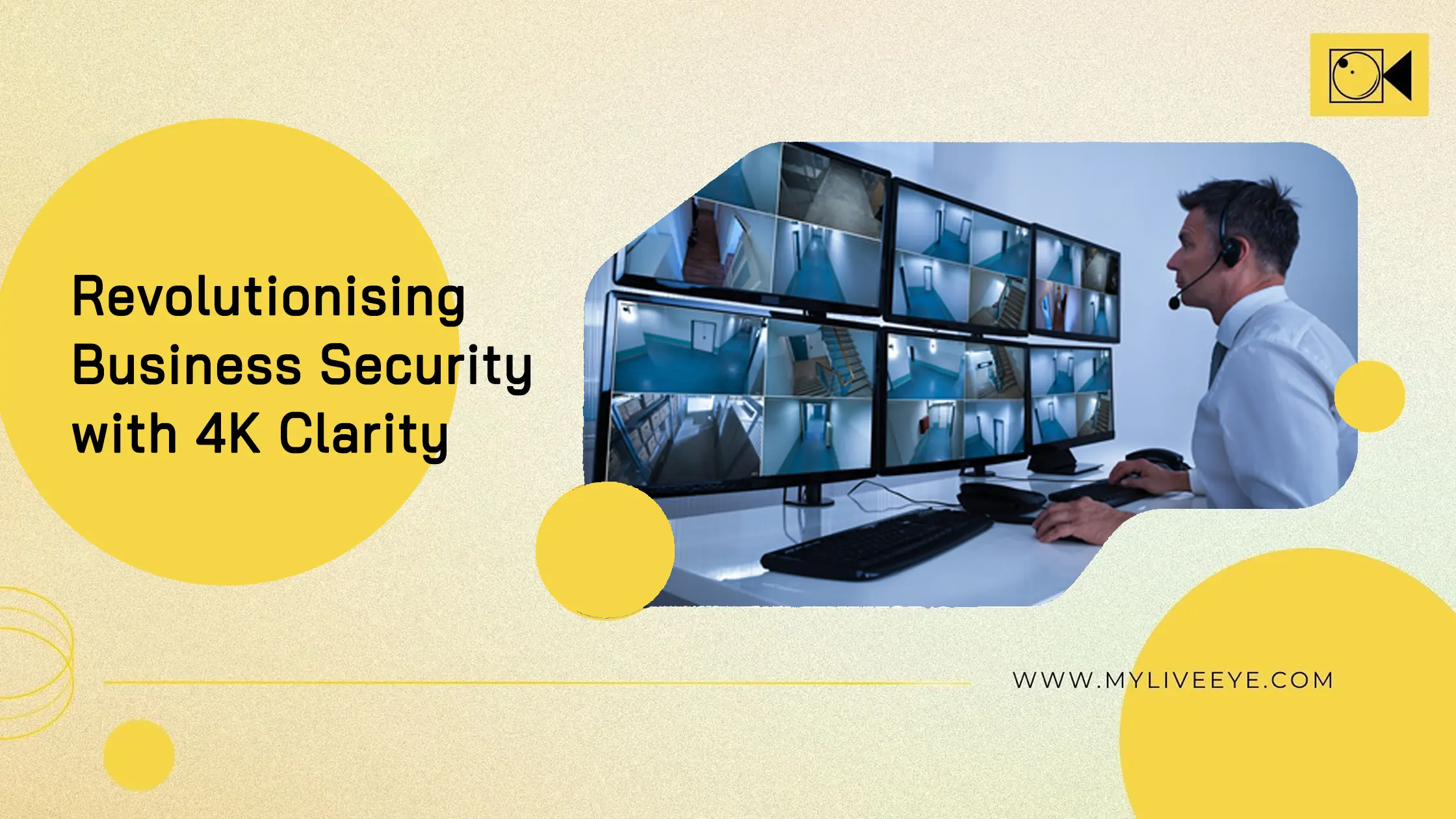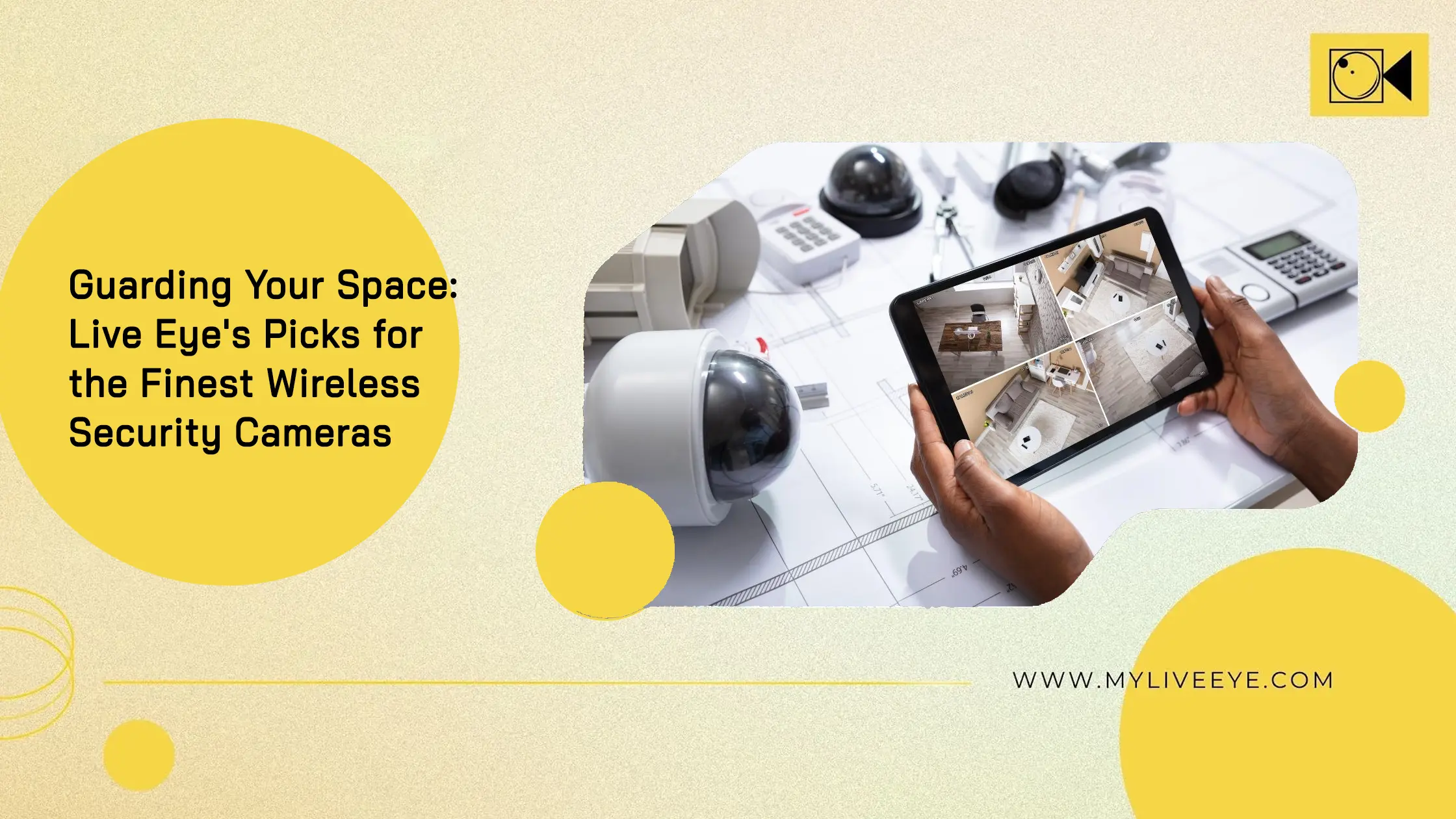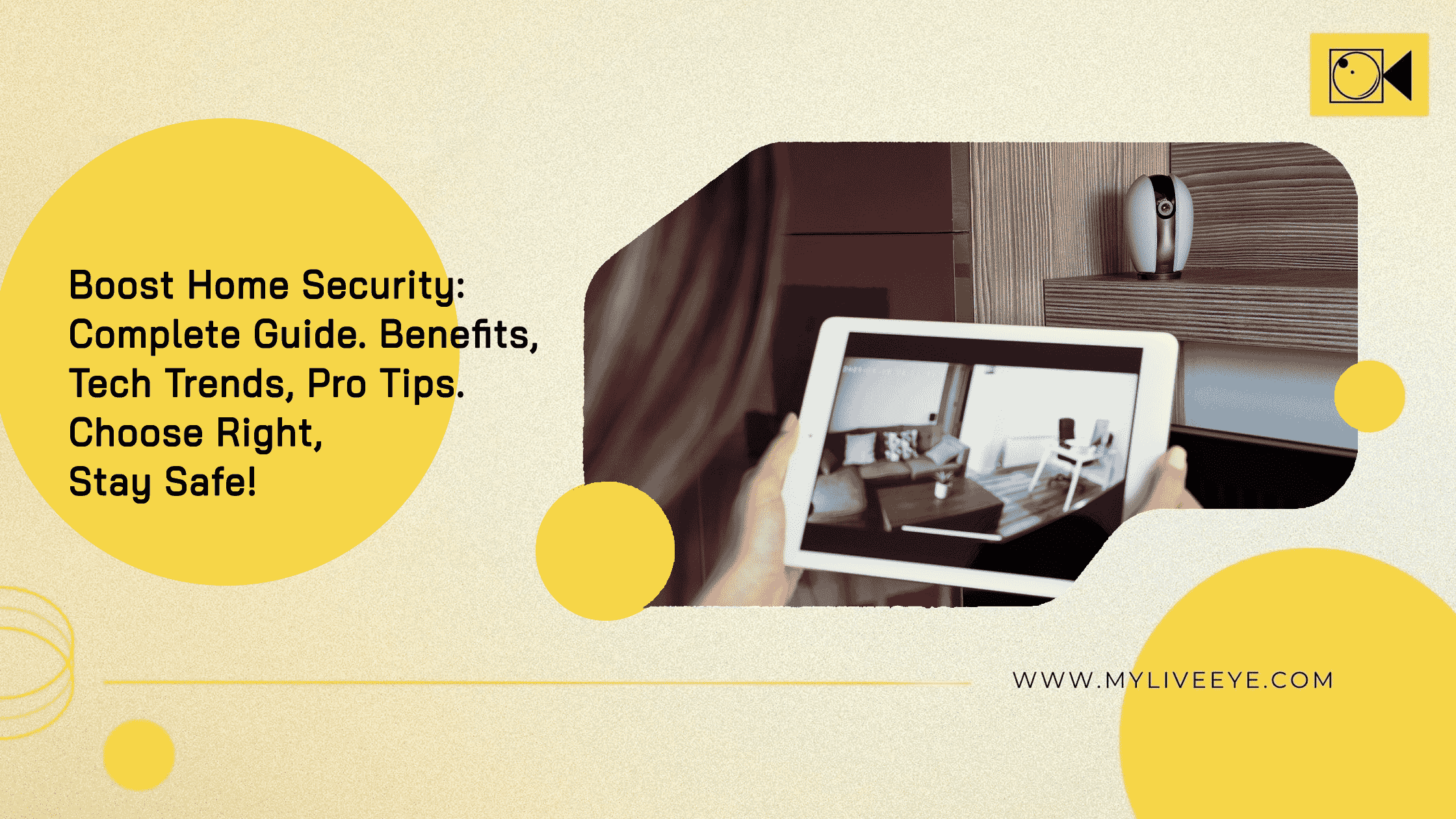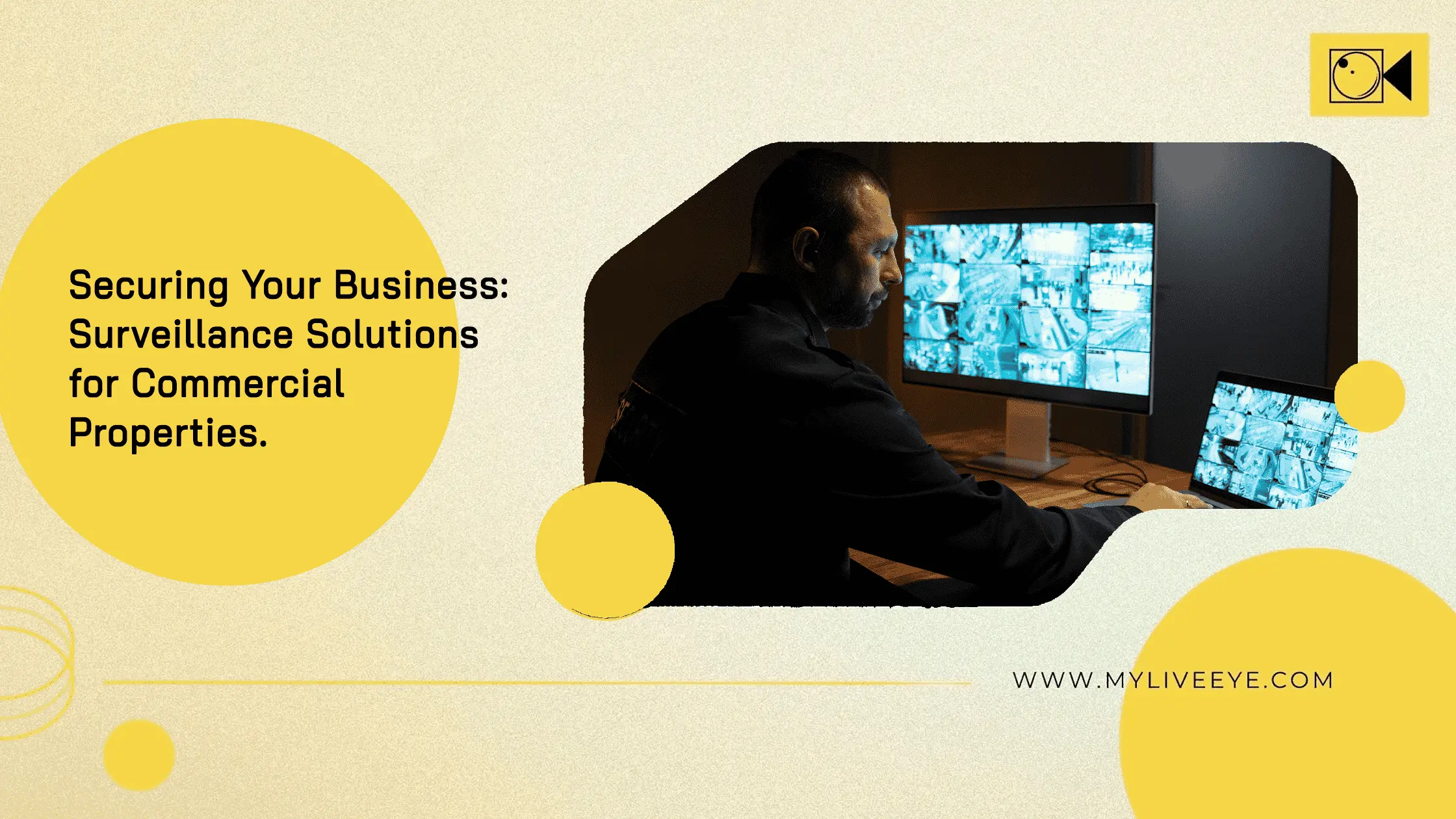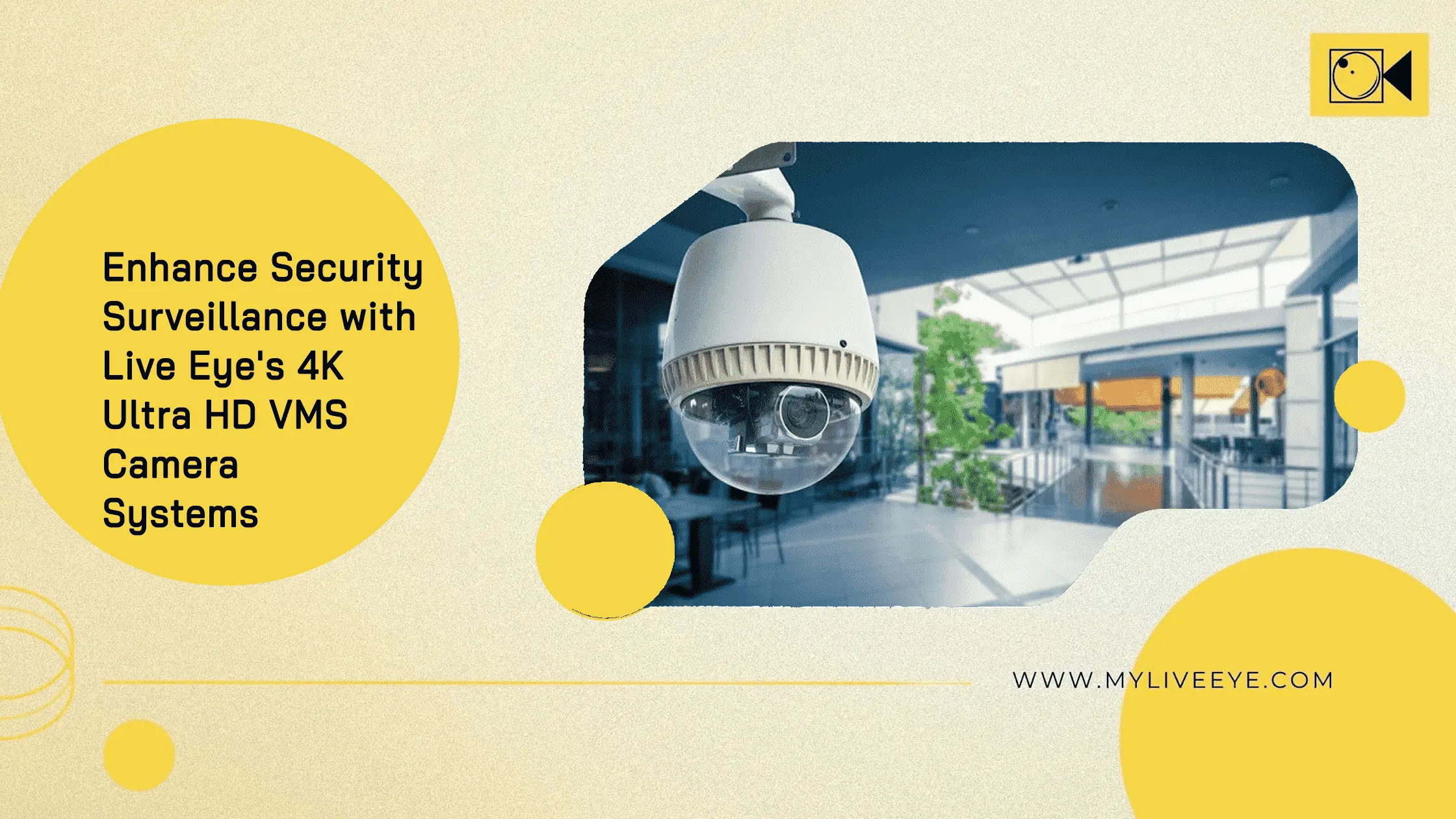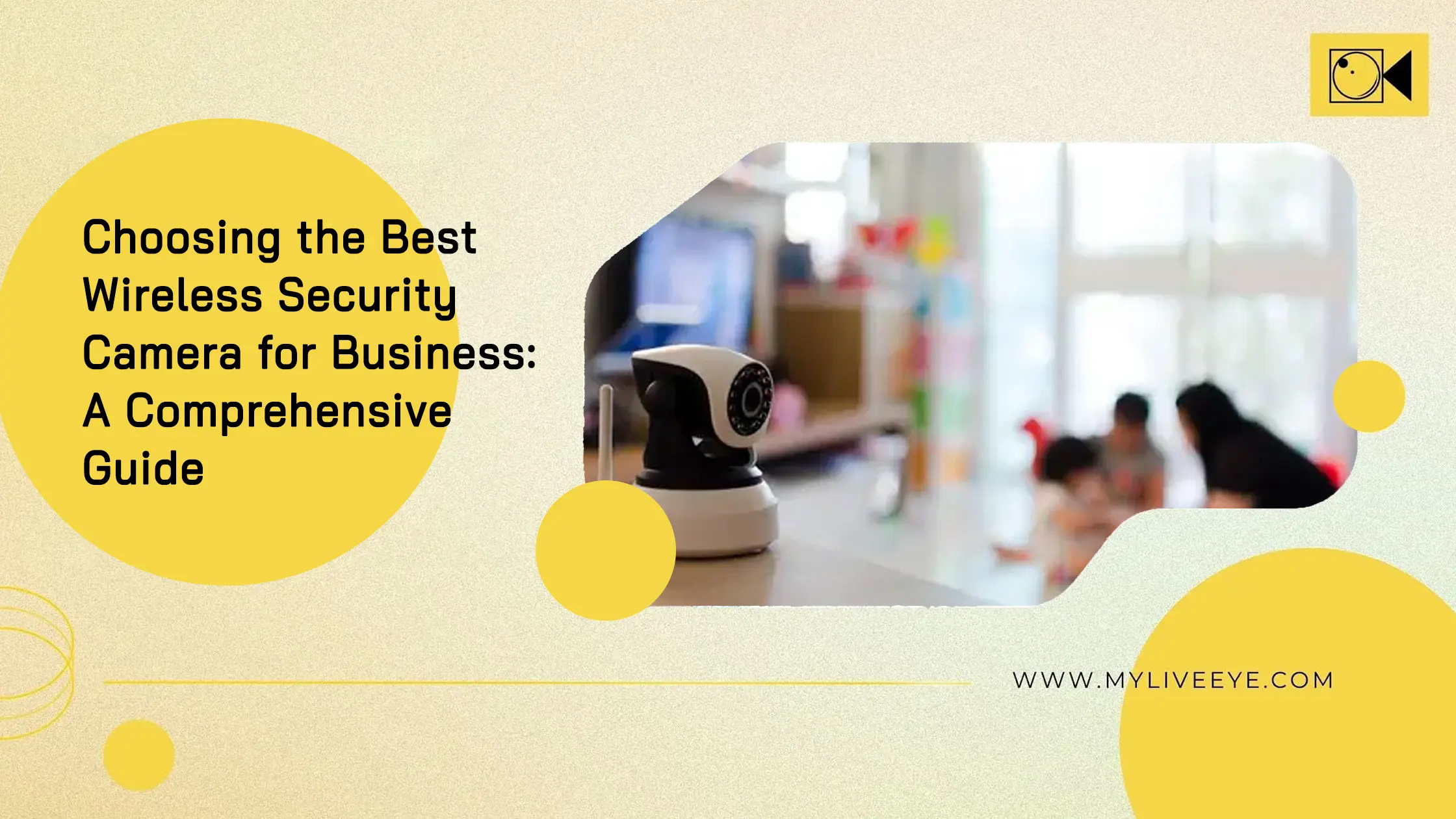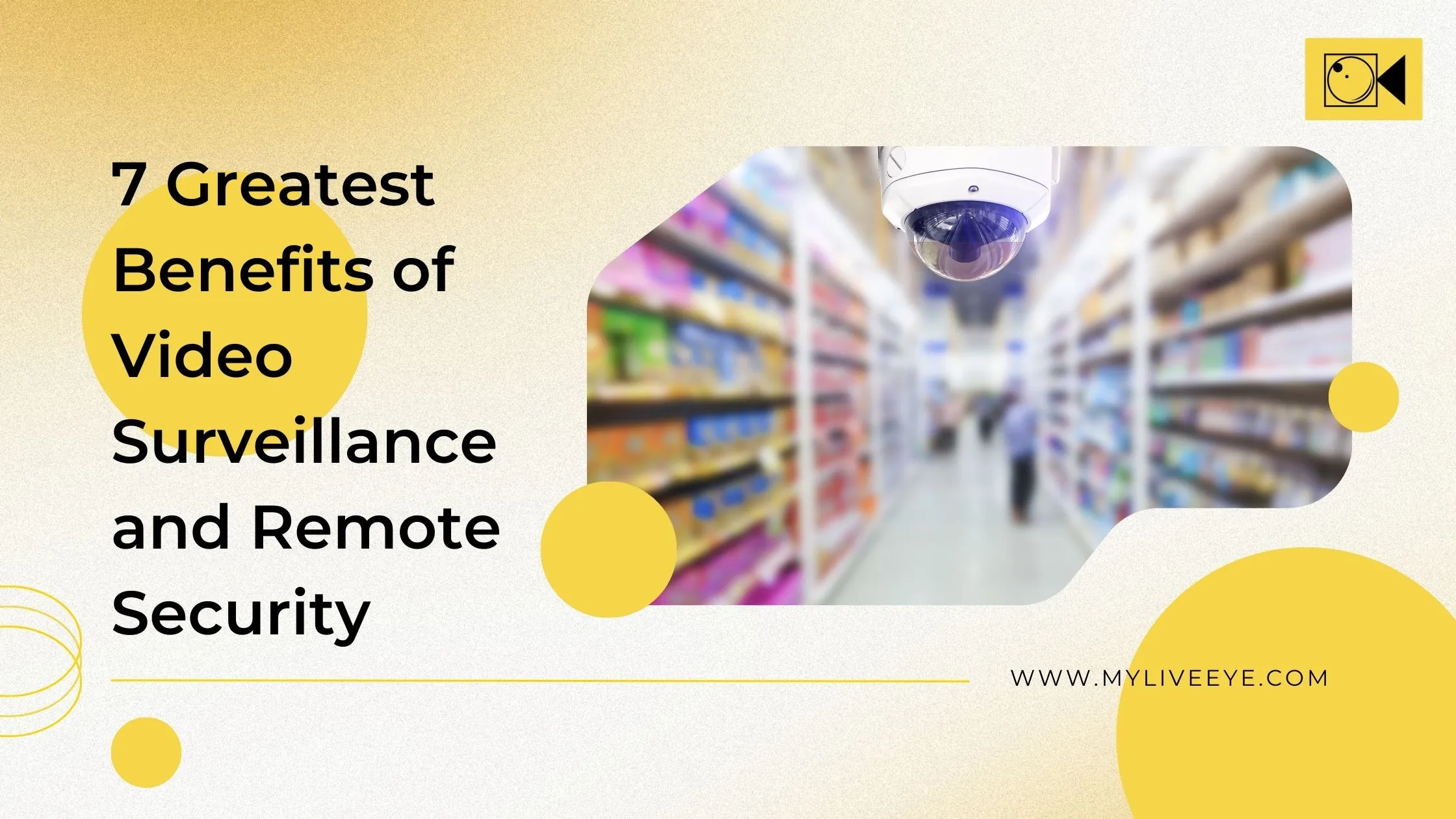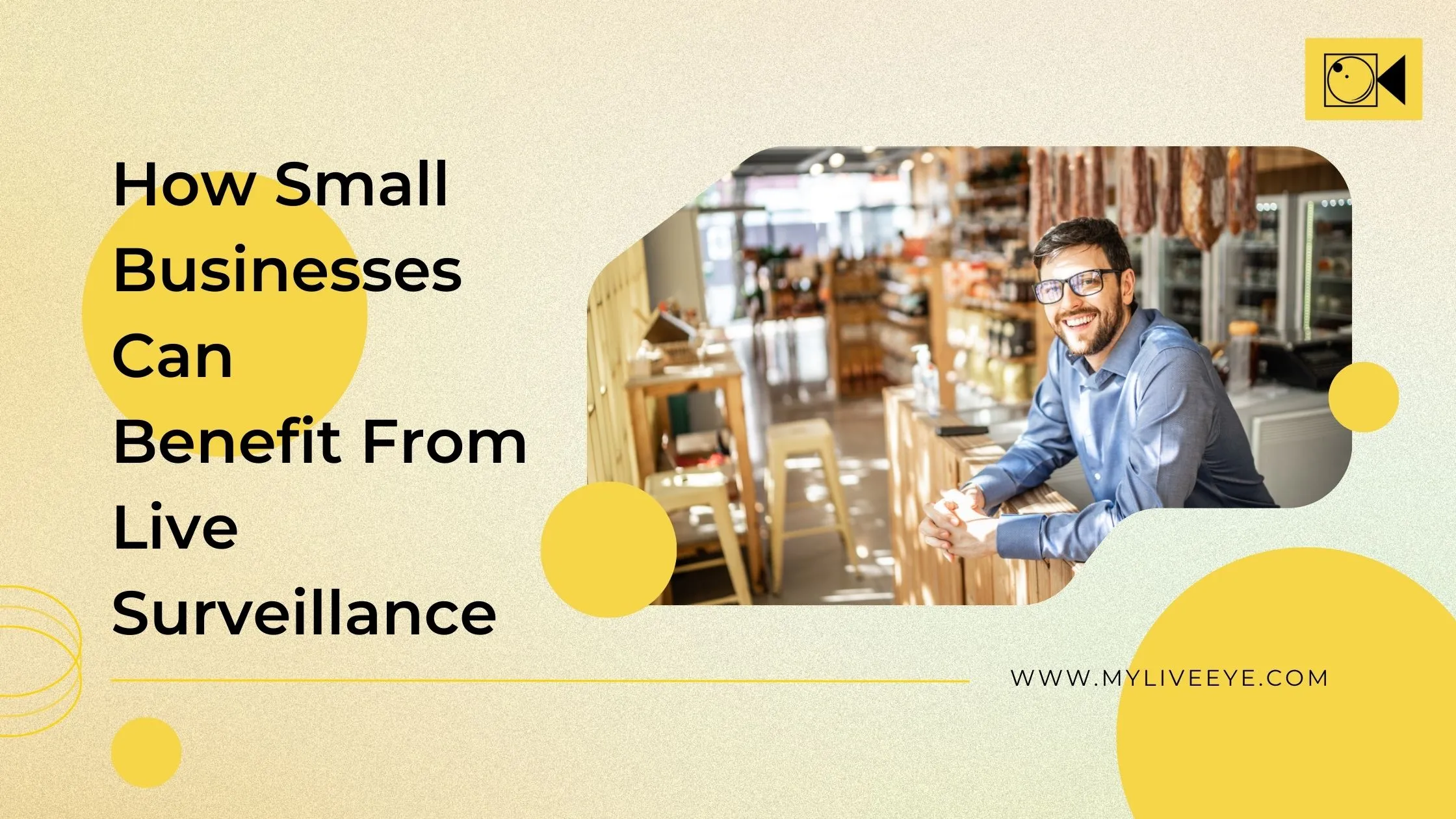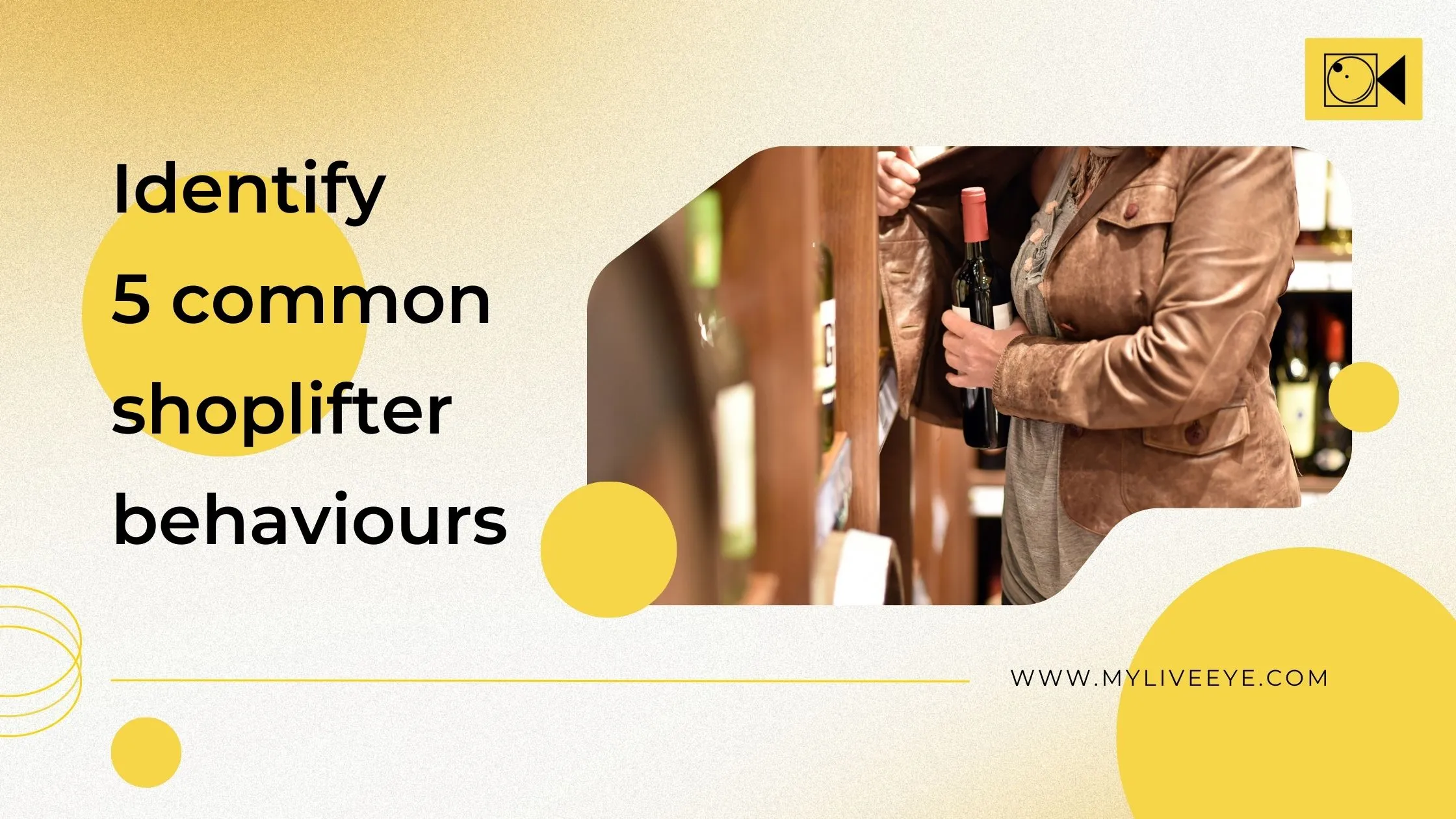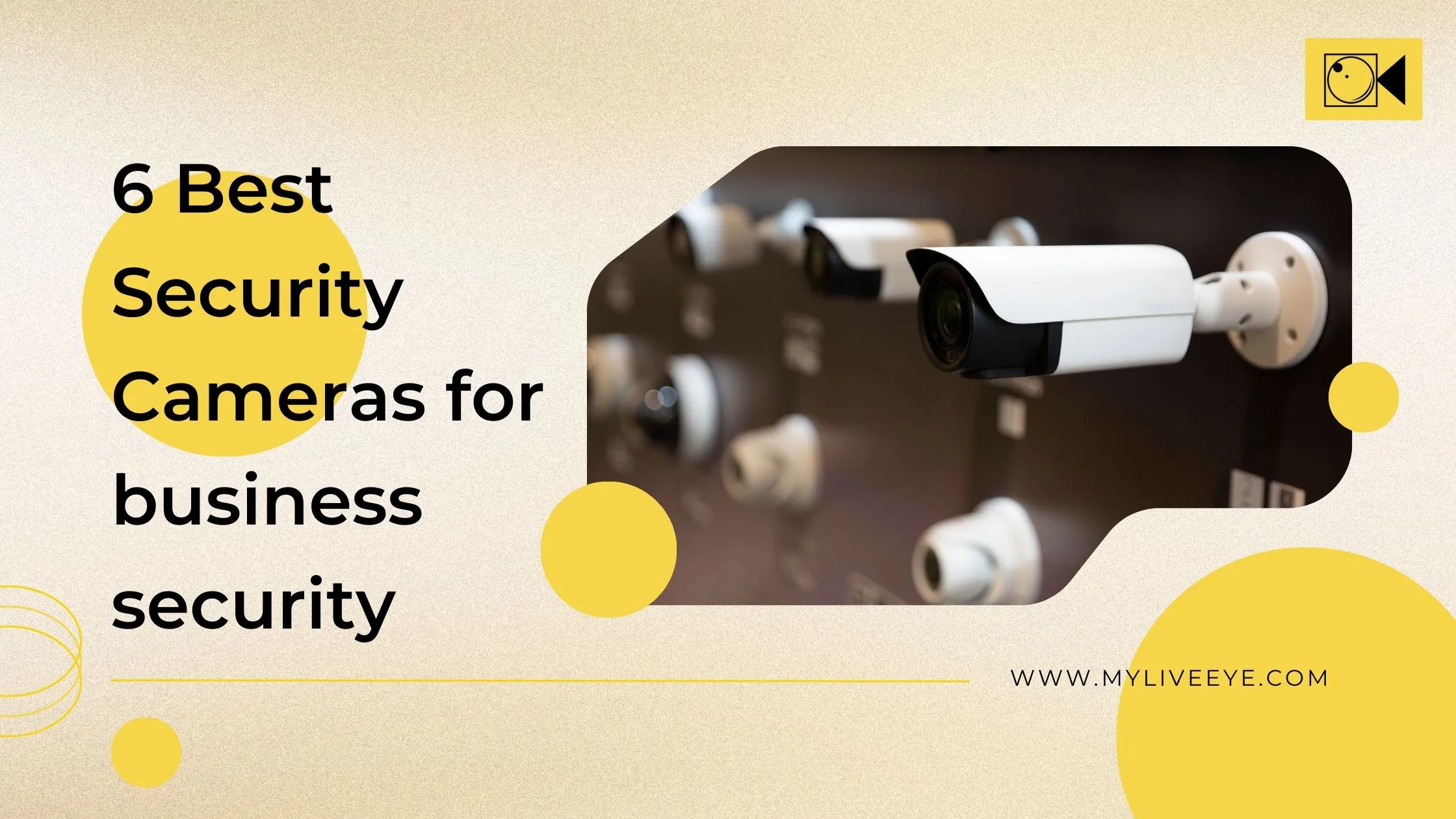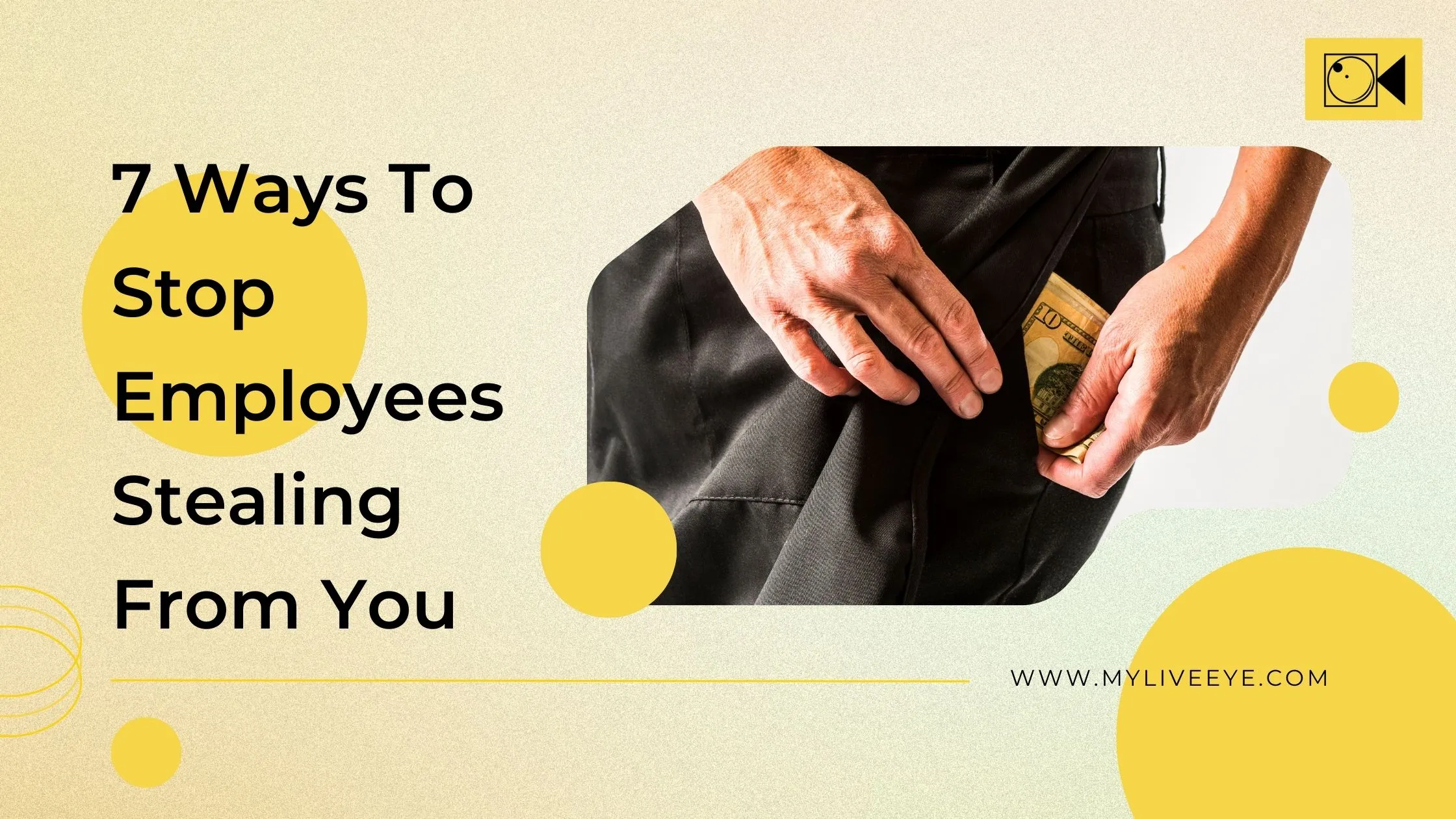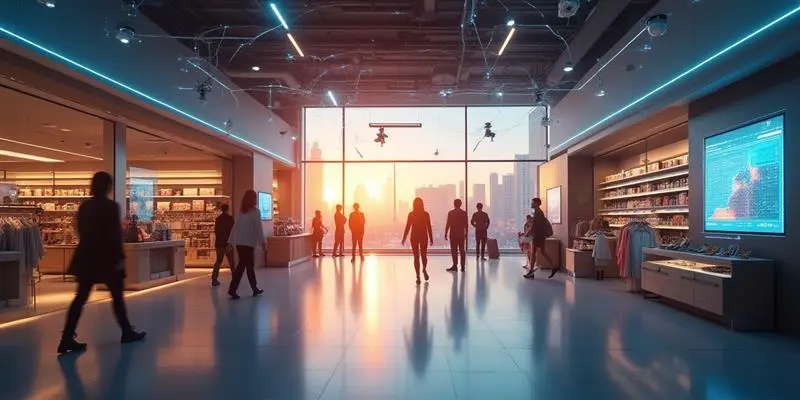
Enhancing Retail Security: The Role of AI Surveillance in Loss Prevention
AI surveillance can help you cut losses fast and keep your store safe. Did you know that retailers lose more than $100 billion annually to theft and fraud? One study by the National Retail Federation puts organized retail crime at a cost of over $112 billion in 2023 to U.S. stores (National Retail Federation, 2023). Employee monitoring systems based on AI can identify suspicious activities in real-time, notifying your staff so you can act before losses escalate. In this post, you’ll see how these systems work, why they're essential for your business, and some practical steps to implement effective oversight while maintaining staff trust.
Understanding AI-Powered Staff Oversight
Traditional video feeds leave you watching hours of footage after an incident. Now, store video analytics, track patterns, and flag odd moves right away. Instead of scrolling through clips, you get instant notes when something needs your attention.
- Real-time alerts for suspect behavior (e.g., repeated shelf checks without scan)
- Tie-ins with POS to match scans and footage
- Automated reports showing trends over time
Why you need this now
Retail crime keeps changing form. Small teams alone can’t catch every issue. With more shoppers, complex aisles, and multiple channels, manual checks lag behind. Using Smart video analytics helps you keep pace. It sends you notes when AI spots odd patterns so your staff can step in quickly.
Core parts of AI surveillance for staff oversight
You need reliable cameras, an AI engine tuned to your store layout, alert workflows, and easy dashboards or mobile alerts. Integrate with other Retail security solutions such as alarm systems or door sensors. This mix lets you act fast and follow up with clear evidence.
Key Benefits for Loss Prevention
Real-time theft alerts with Smart video analytics
AI can spot when someone lingers by high-value items or makes odd hand moves. When a flag pops up, your team checks the live feed or heads over discreetly. This cuts losses and avoids false alarms that waste time.
- Faster response cuts the chance of walk-out theft
- Data refines AI over time to reduce wrong alerts
- Clear logs help you see trends and plan staff shifts
Spotting odd patterns in behavior
By tracking normal routines, AI notes when something shifts, night staff staying late in a restricted area, or repeated voided scans at checkout. This “behavioral analysis through AI” offers you a new perspective on both internal and external risks. For example, if you notice a surge in returns late in the day linked to certain registers, you can go back and review the footage to tweak your training or procedures accordingly.
Matching POS data to video for shrink cuts
When AI links scan data to footage, it sees mismatches fast. Imagine a clerk rings up five items, but the bag at the exit holds seven. The system flags that moment and logs it. You get a timestamped clip plus transaction details, so you can handle the issue right away. Over months, these checks add up to clear savings.
Better team focus and trust
Clear oversight can boost staff focus and morale when done openly. If you share how the tech works, employees see it as support rather than a secret watch. When they know that good work is noticed, they feel more valued. At the same time, dishonest moves drop when people know AI is on watch. Retail security solutions that balance transparency and safety help you keep a positive environment.
How to Bring in AI Surveillance
Choosing the right provider
Look for a partner who scales with your store count, offers cloud options if you prefer, or on-site servers if that fits your policies. Check the link with your existing POS or inventory tools. For example, Live Eye offers monitoring plans that match small shops or large chains. Mention your needs early: number of cameras, data retention rules, and mobile alert options.
Setting up Smart video analytics well
- Place cameras to cover key aisles, entry/exit, and high-value zones.
- Train the AI: during setup, show it normal busy periods vs quiet hours so it learns patterns.
- Schedule health checks: ensure cameras stay online and alerts are delivered.
- Keep an eye on alert volume: tweak sensitivity so you avoid too many notes or missing events.
Privacy and Compliance
Laws differ by region about video and staff monitoring. Always inform your team when AI oversight is in use. Keep footage encrypted and limit who can access it. State retention rules clearly: how long you keep clips and when you erase them. This builds trust and meets local rules.
Linking with other tools
Tie alerts into your incident log or task app, so follow-up steps stay tracked. You might link with HR or training modules: if a pattern shows repeated errors at checkout, schedule refresher sessions. Use data in regular meetings: share insights on busy theft times or trouble spots so everyone feels involved.
Training your team
Hold a short session showing how alerts arrive and what to do next. Use a simple guide: when an alert pings, check the live view, approach the area calmly, and log the action taken. Encourage feedback: staff on the ground know best how alerts play out. They help adjust AI sensitivity and response steps.
Real Examples You Can Relate To
Small convenience store cuts losses by 30%
A local shop added AI cameras linked to POS. Within weeks, staff got alerts when odd scans appeared. They changed the shelf layout and improved staff checks. Over a quarter, shrink fell noticeably. The owner shared: “We stopped major slip-outs without any drama, and the team felt safer.”
Boutique store boosts service while staying safe.
A clothing shop used AI to note when fitting rooms saw too many item returns. Staff greeted shoppers more often, offering help and reducing temptations to hide items. Customers liked the friendly check-ins, so sales rose while theft fell. Here, AI helped both security and service.
Multi-store chain centralizes alerts
A regional manager used a dashboard that showed flags from all outlets. When one location saw repeated overnight alarms, the manager sent a quick remote check and then arranged a local visit. This cut late-night losses and saved on hiring extra guards at every site.
ROI and Cost View
| Aspect | Old-School Surveillance | AI-Based Oversight |
|---|---|---|
| Alert timing | Manual review, often too late | Instant notice |
| False alarms | Many, wastes time | Fewer as AI learns patterns |
| Staff cost | More guards or reviews needed | Leaner on-site teams, central help |
| Insight level | After-the-fact reports | Predictive notes, trend charts |
| Expansion effort | Adds hardware costs each time | Cloud plans scale with your growth |
| Data controls | Basic storage | Configurable retention, secure logs |
When you compare costs, factor hardware, setup, and monthly fees against shrinkage saved. Even a small drop in theft can cover fees in months. Plus, you gain extra value: better shift planning, safety alerts, and data for store layout tweaks.
What’s Next for Retail Safety Tech
AI and sensors keep getting sharper at flagging odd moves or crowded spots that risk loss. Voice or shelf sensors might join the video to spot missing items fast. As you add new tools, keep explaining to your team so trust stays strong. Use data to improve store flow, not just catch theft.
Take action: Strengthen Your Store Security Today
You’ve seen how AI-led oversight can help you stop theft early, boost staff focus, and gain clear insights into risks. Don’t let losses chip away at your profits. Reach out to Live Eye to explore personalized monitoring plans and see how Retail security solutions with AI can fit your needs. Your team gains support, your bottom-line gains protection, and you stay in control every step of the way.
FAQs
Q: How does AI surveillance cut shrink?
It spots odd actions (like extra items in a bag) in real-time, links footage to POS, and sends alerts so you or your staff can step in before the loss. Over time, these checks add up and shrink falls.
Q: What steps help set up Employee monitoring systems in stores?
Start with clear communication: tell staff how it works. Choose a system that fits your size. Place cameras right, train AI on normal routines, set alert rules, and review results weekly to tweak.
Q: Is staff monitoring legal in retail?
Rules vary. Always inform employees and follow local laws on video recording and data storage. Keep footage safe and limit who can view it.
Q: How much do AI surveillance solutions cost for small shops?
Costs vary by number of cameras and features. Many providers offer pay-as-you-go or tiered plans. Compare fees to potential shrink savings; often, you see a return in under a year.
Q: How to pick a solid provider?
Look for proven case notes, easy integration with your POS, clear data security measures, and good support. Ask about trial runs or pilot programs.


